When you talk about Liguria, my first thought always flies to the sea, its fishing villages, the beaches. It certainly has a lot to offer from this point of view, from east to west. What we still did not know is the beauty of its hinterland, even if it remains a few kilometers from the sea.
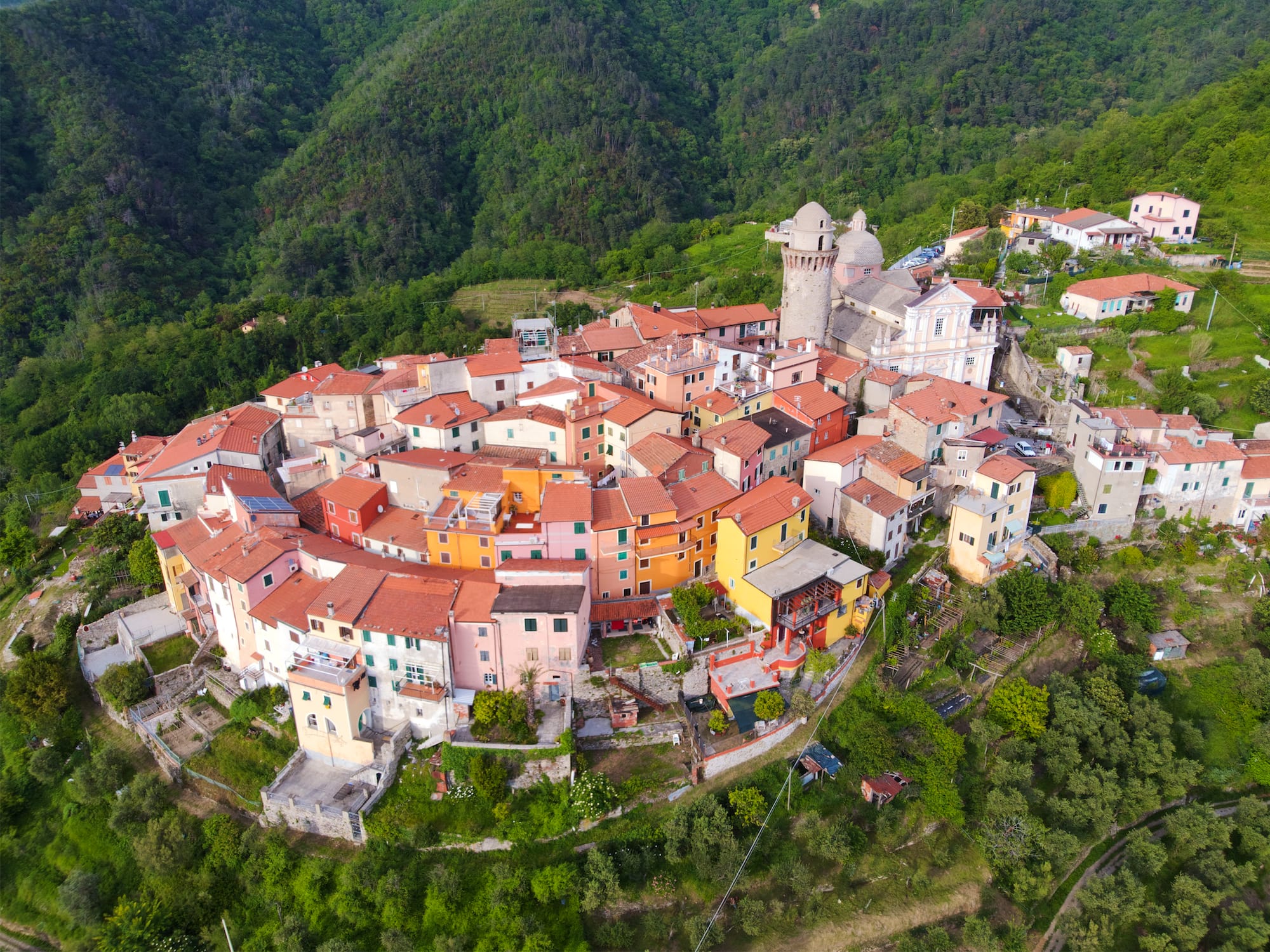
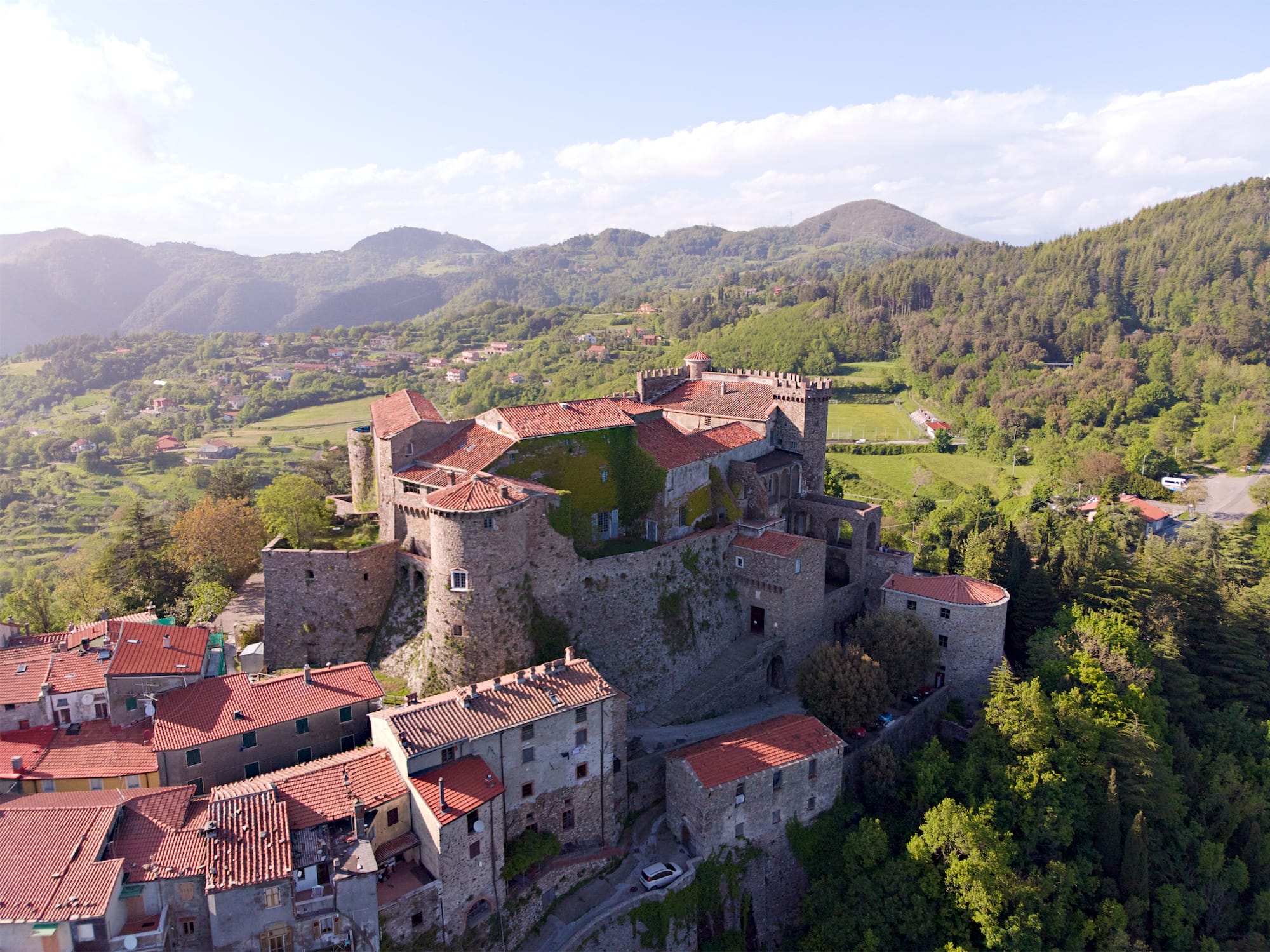
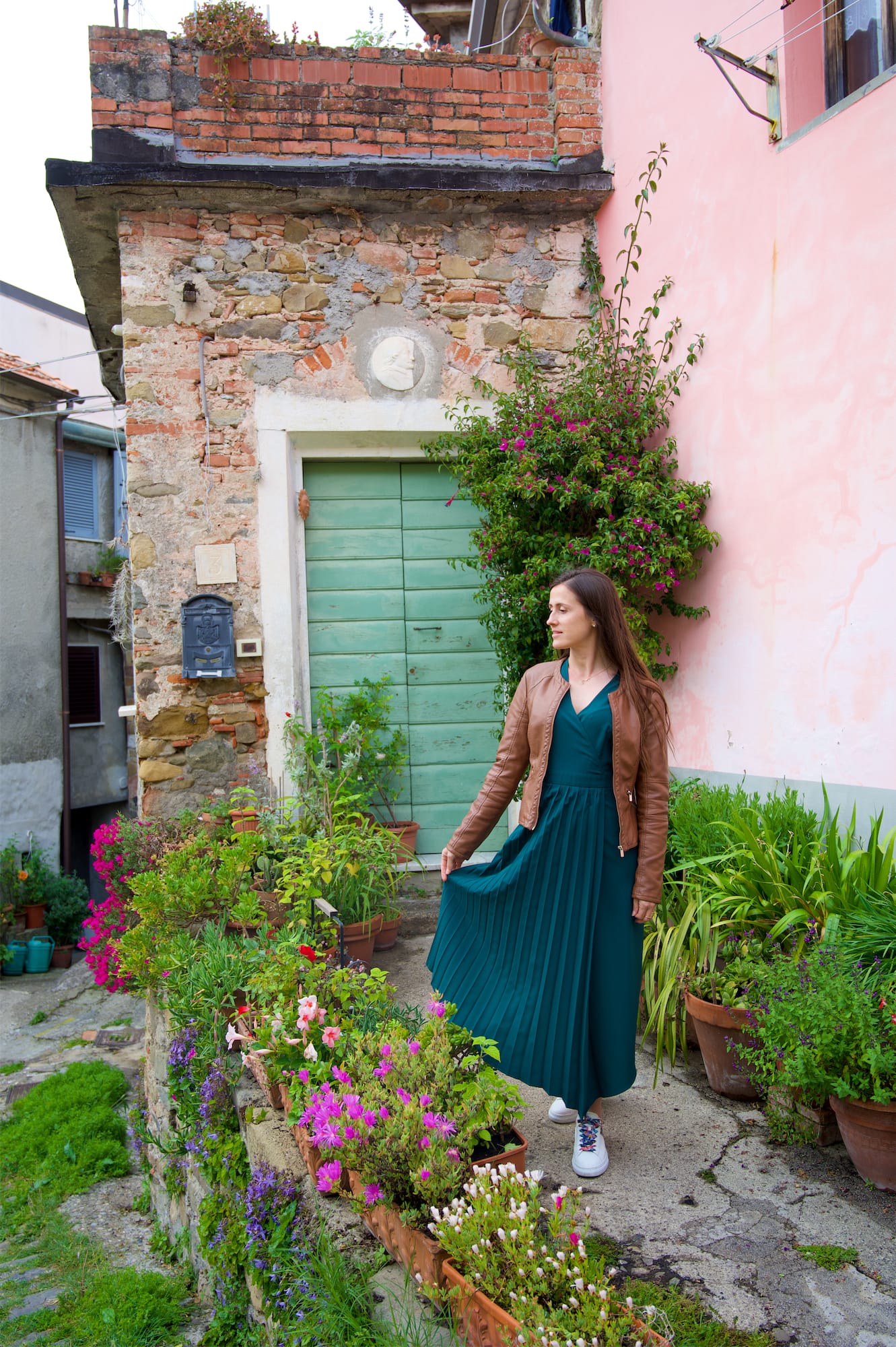
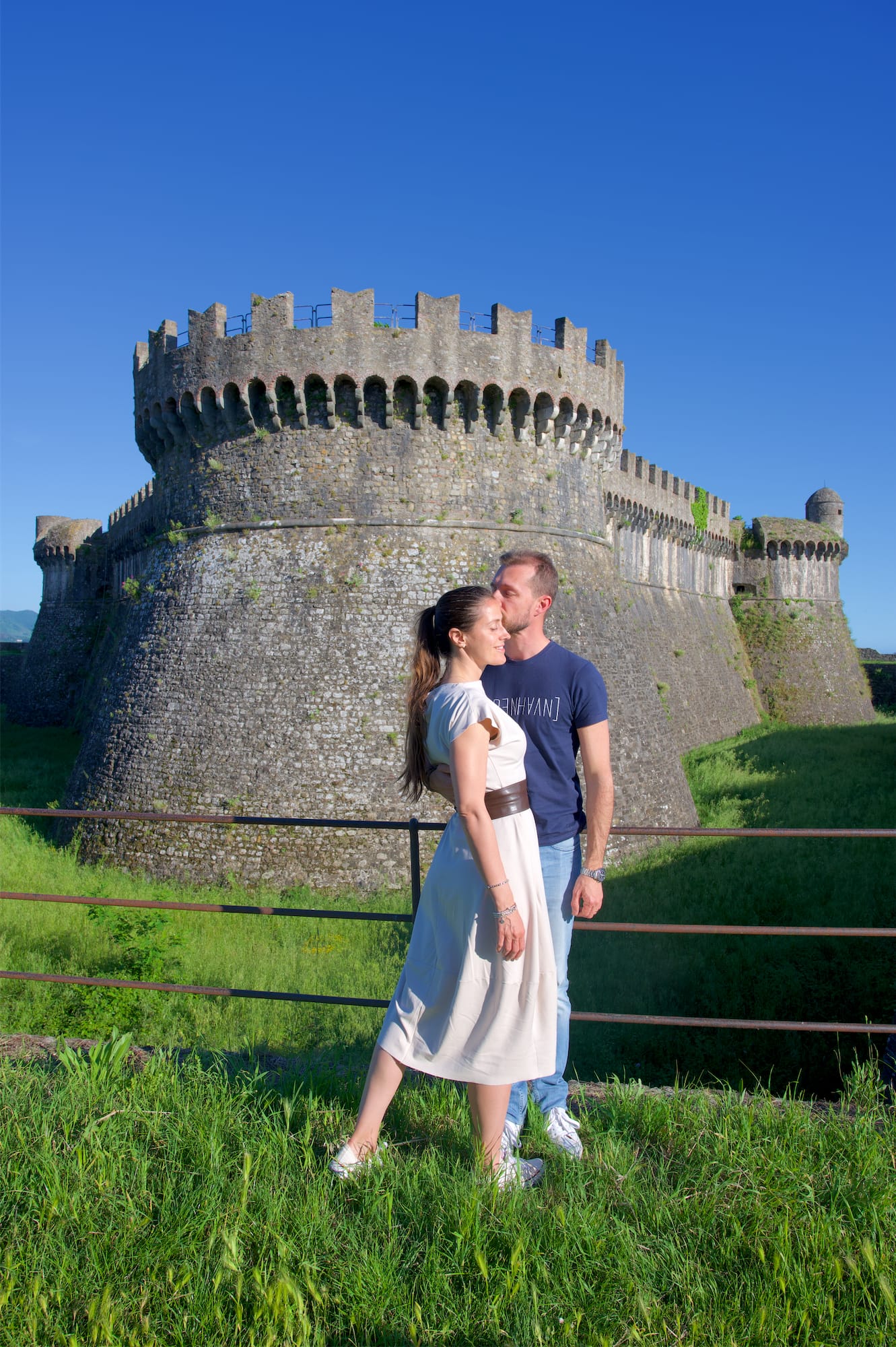
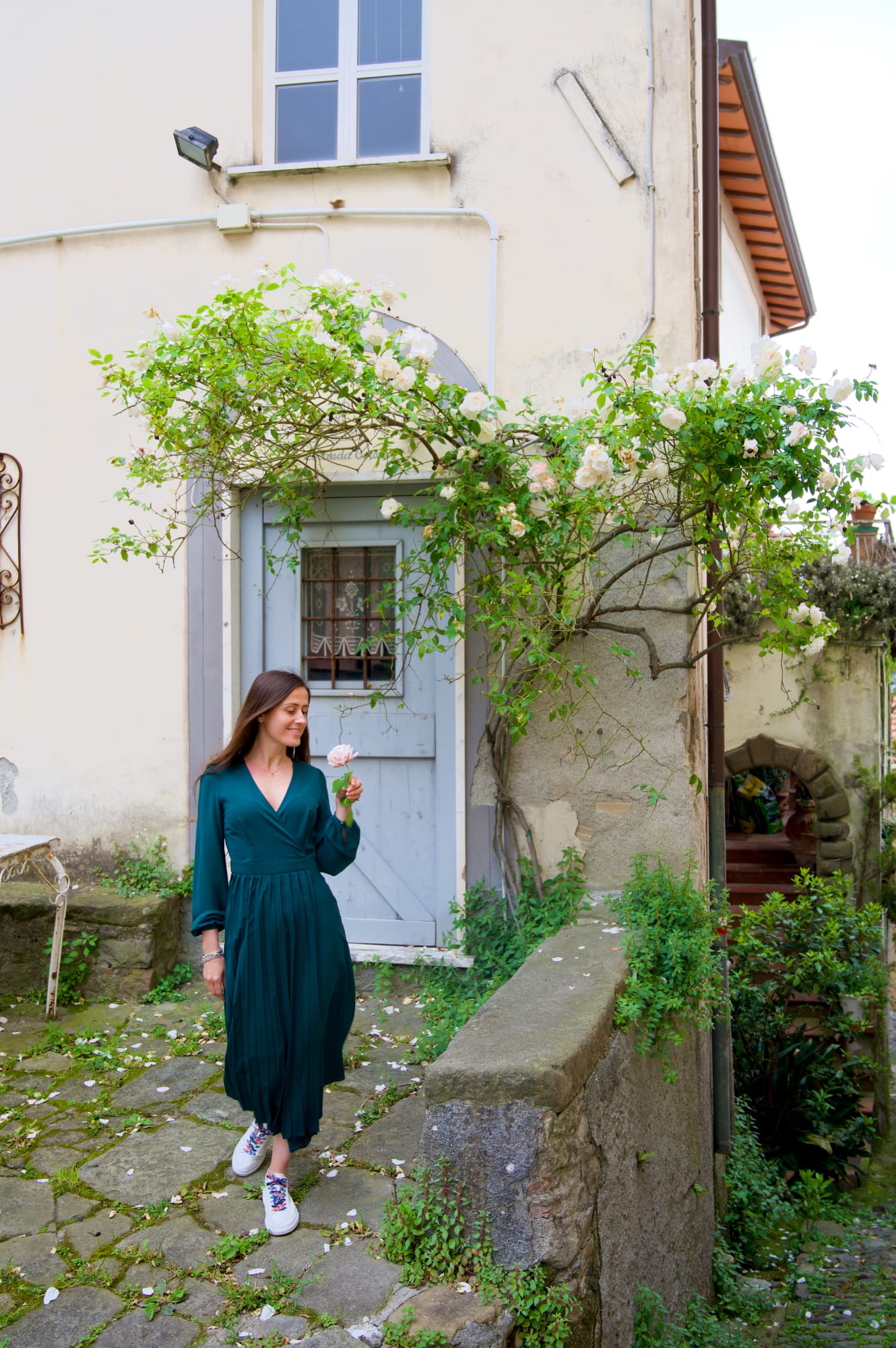
In this post we have decided to tell you about three villages in the Ligurian hinterland and two wineries that we wanted to discover for a real insight into vermentino, a typical wine of this area: Colli di Luni.
We begin our journey from the largest village: the beautiful Sarzana.
Sarzana
We visited Sarzana on several occasions, a town that struck us for its really interesting artistic heritage and its medieval charm.


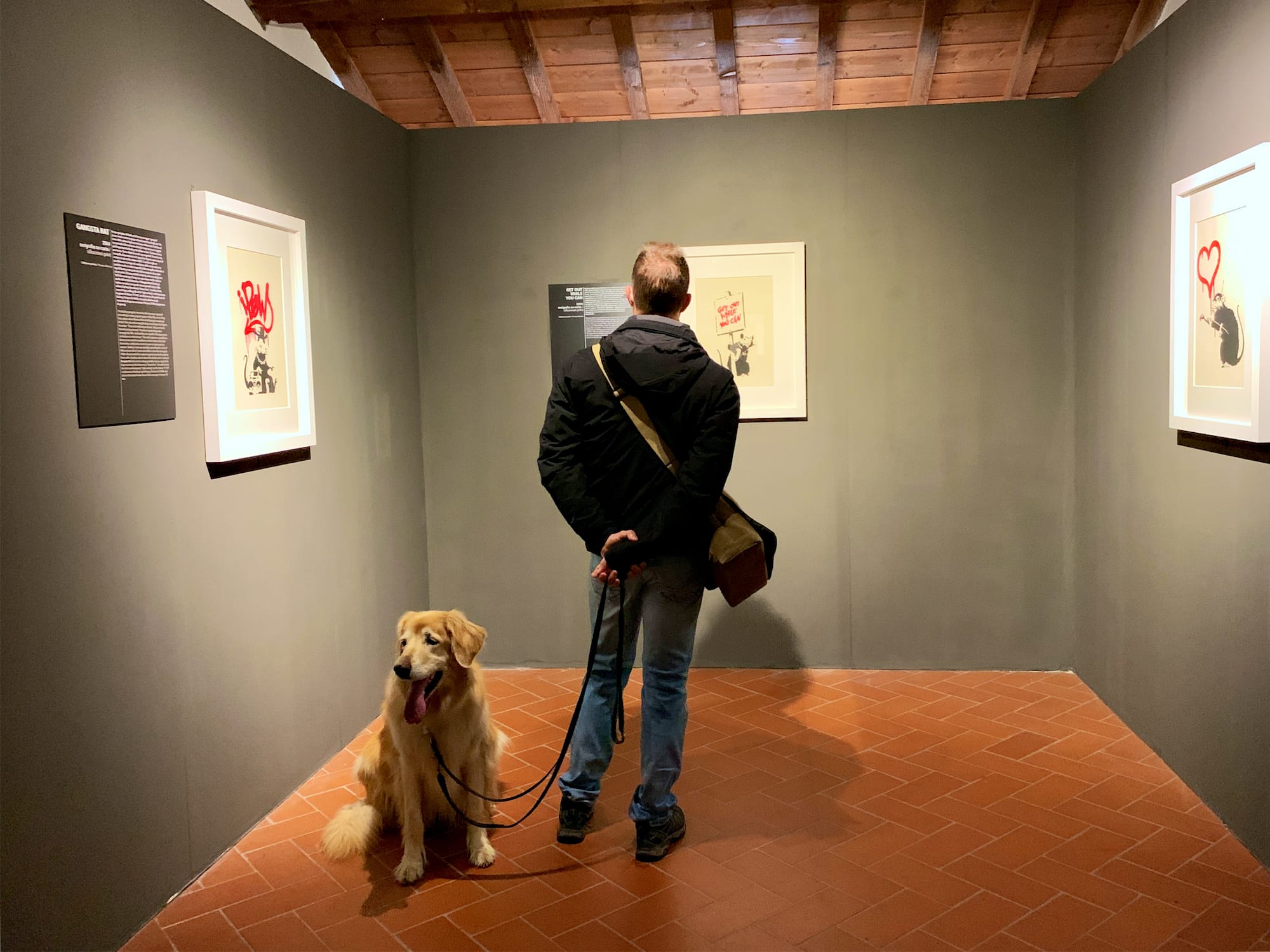
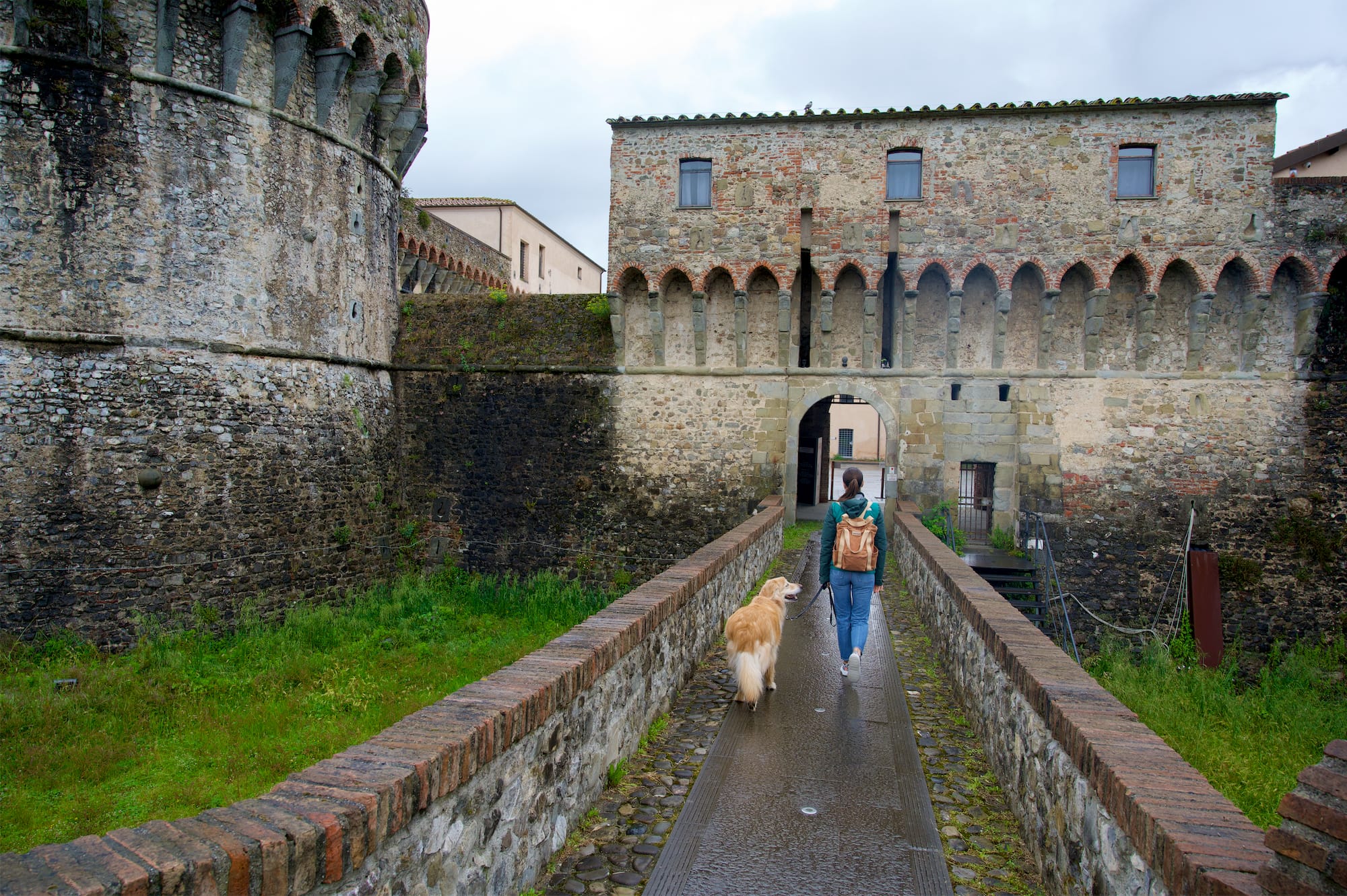
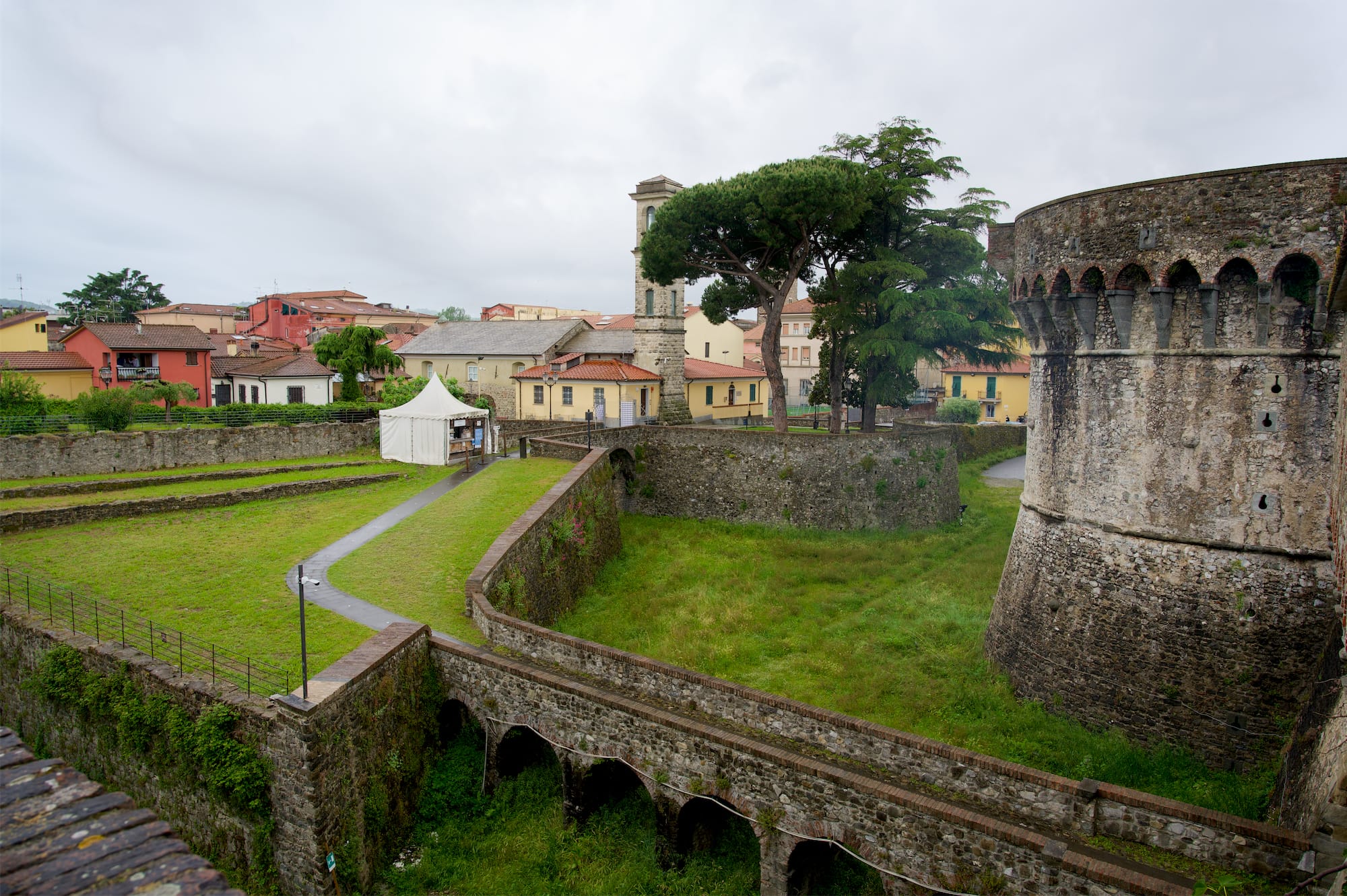
We started from the Fortezza di Firmafede, one of the symbols of the city. It often hosts exhibitions and events and during our stay we had the opportunity to visit it during the Early artist known as Basnky exhibition. An exhibition that tells the story of the artist, through his most significant and controversial images.
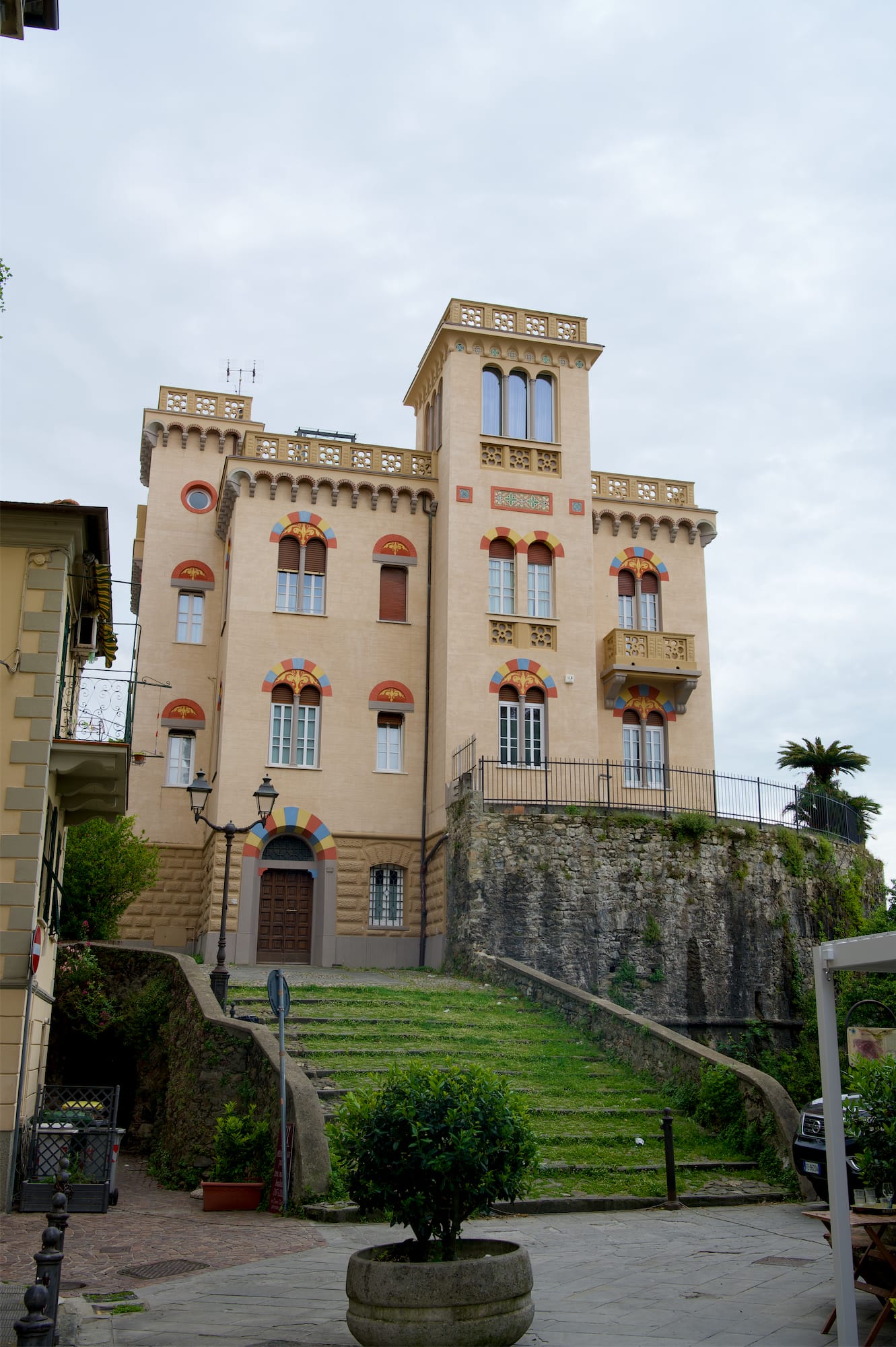

A short distance away you will find the Torrione Testaforte (1513), one of the four towers that together with the walls protected the city and the Porta Romana, which represented the southern entrance along the via Franchigena. From here, walk along the beautiful via Mazzini and you will meet several noteworthy buildings such as the Teatro degli Impavidi and the Cattedrale di Santa Maria Assunta.

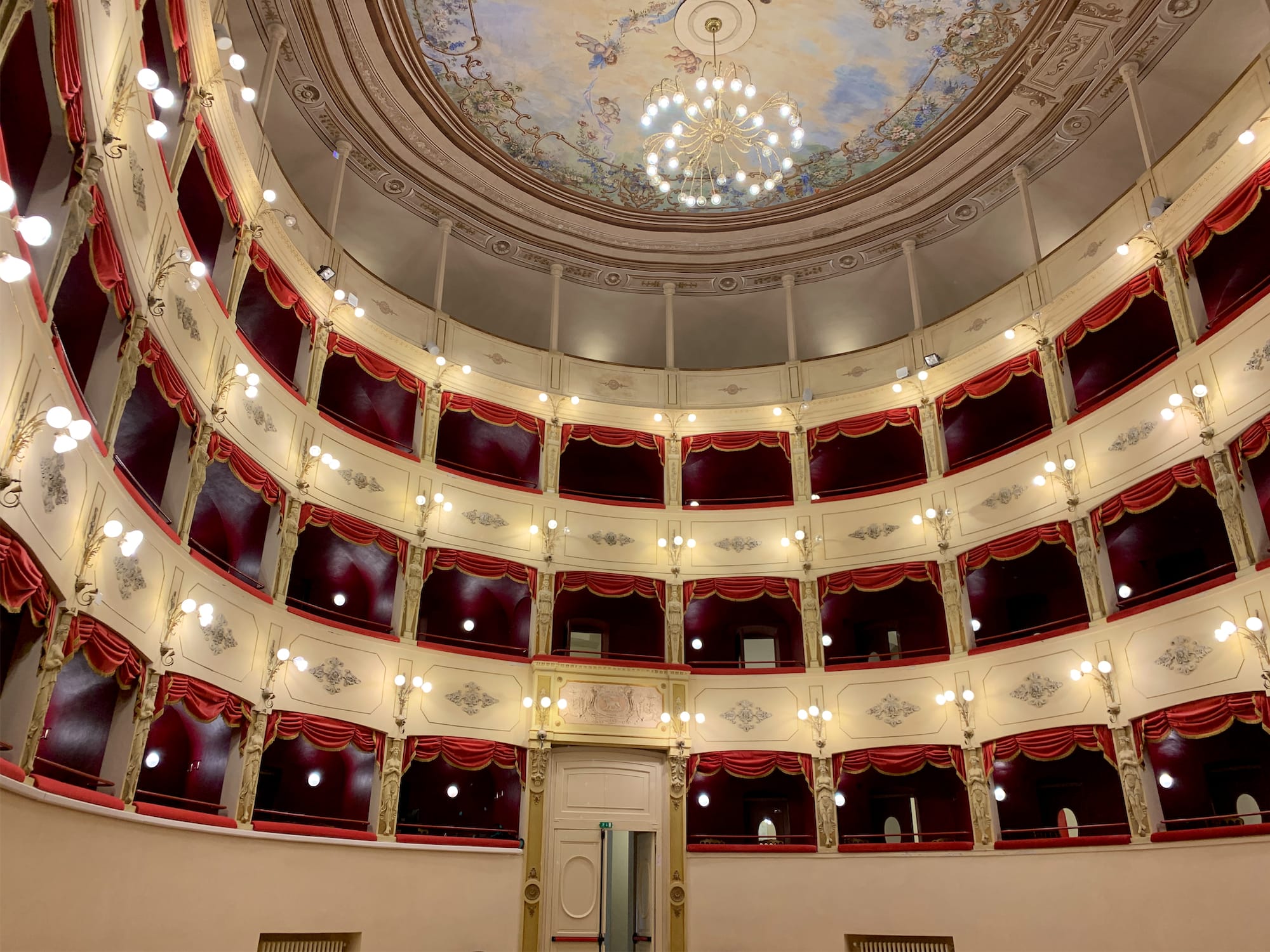
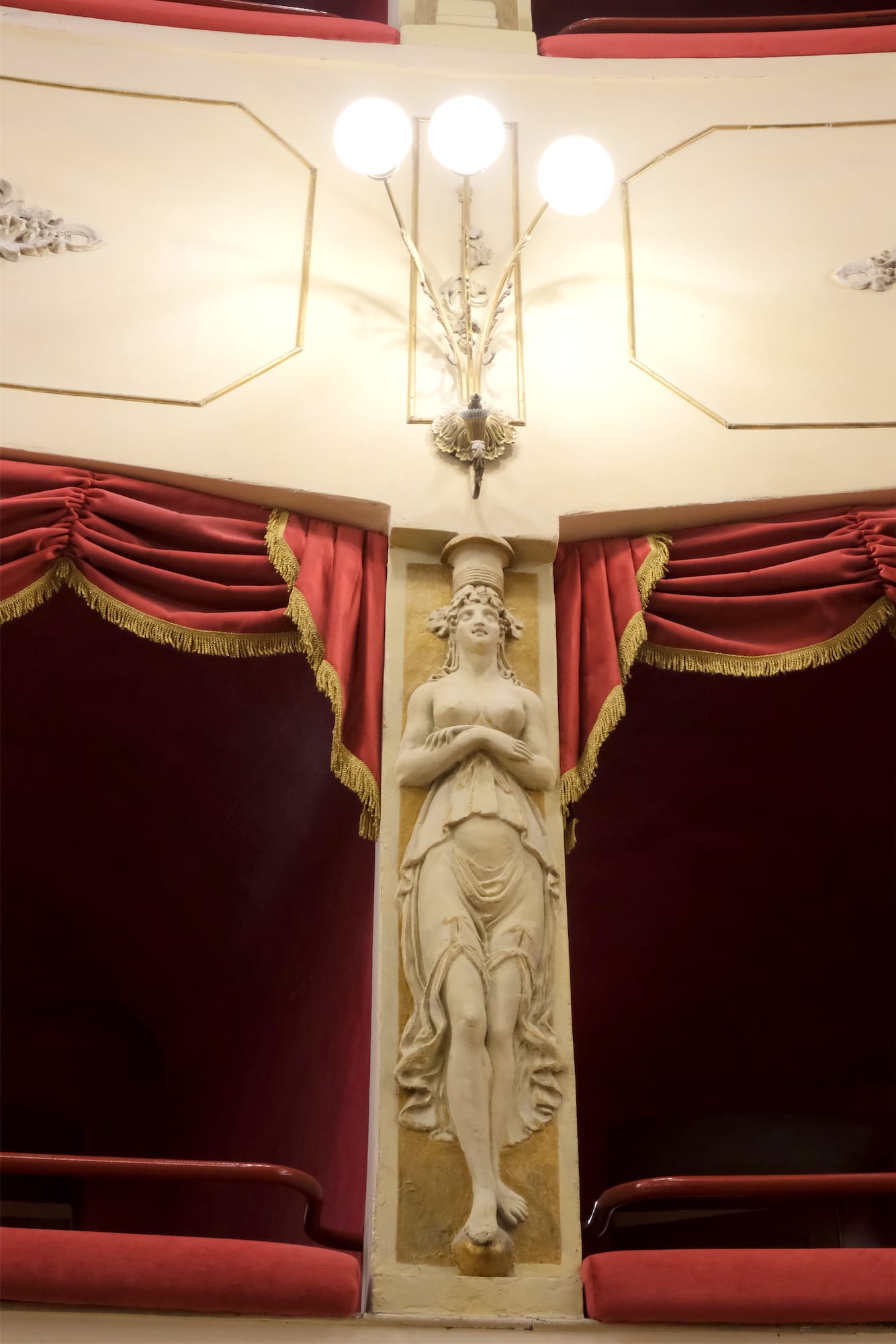
The Teatro degli Impavidi is an "Italian-style theater" with an audience surrounded by three tiers of boxes and a perfectly preserved gallery. It is a theater born from the private initiative of citizens, who financed its construction and subsequent renovation. Thanks to one of the volunteer girls, I had the pleasure of being able to see it outside the hours of the shows and it really deserves the visit!
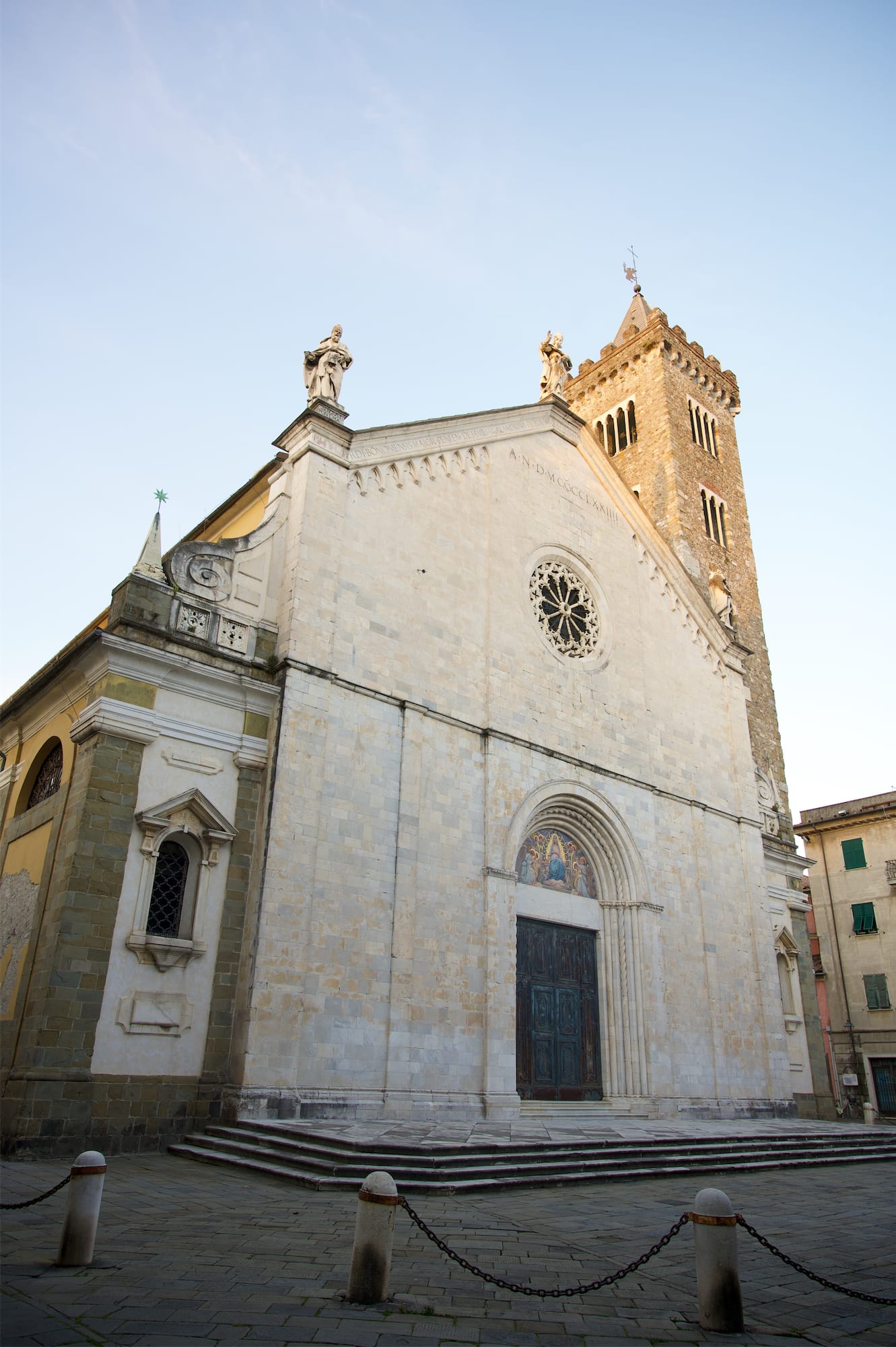
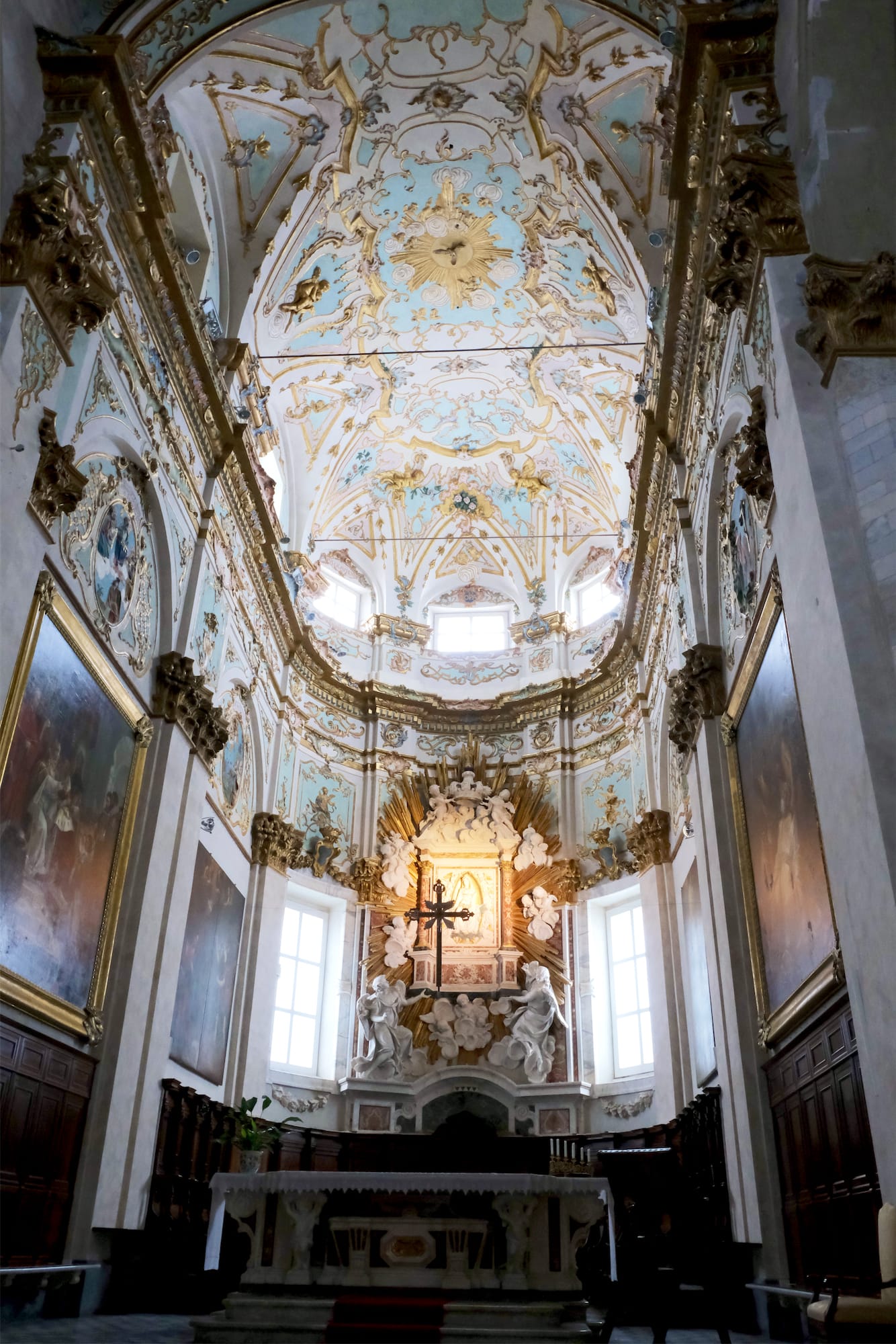
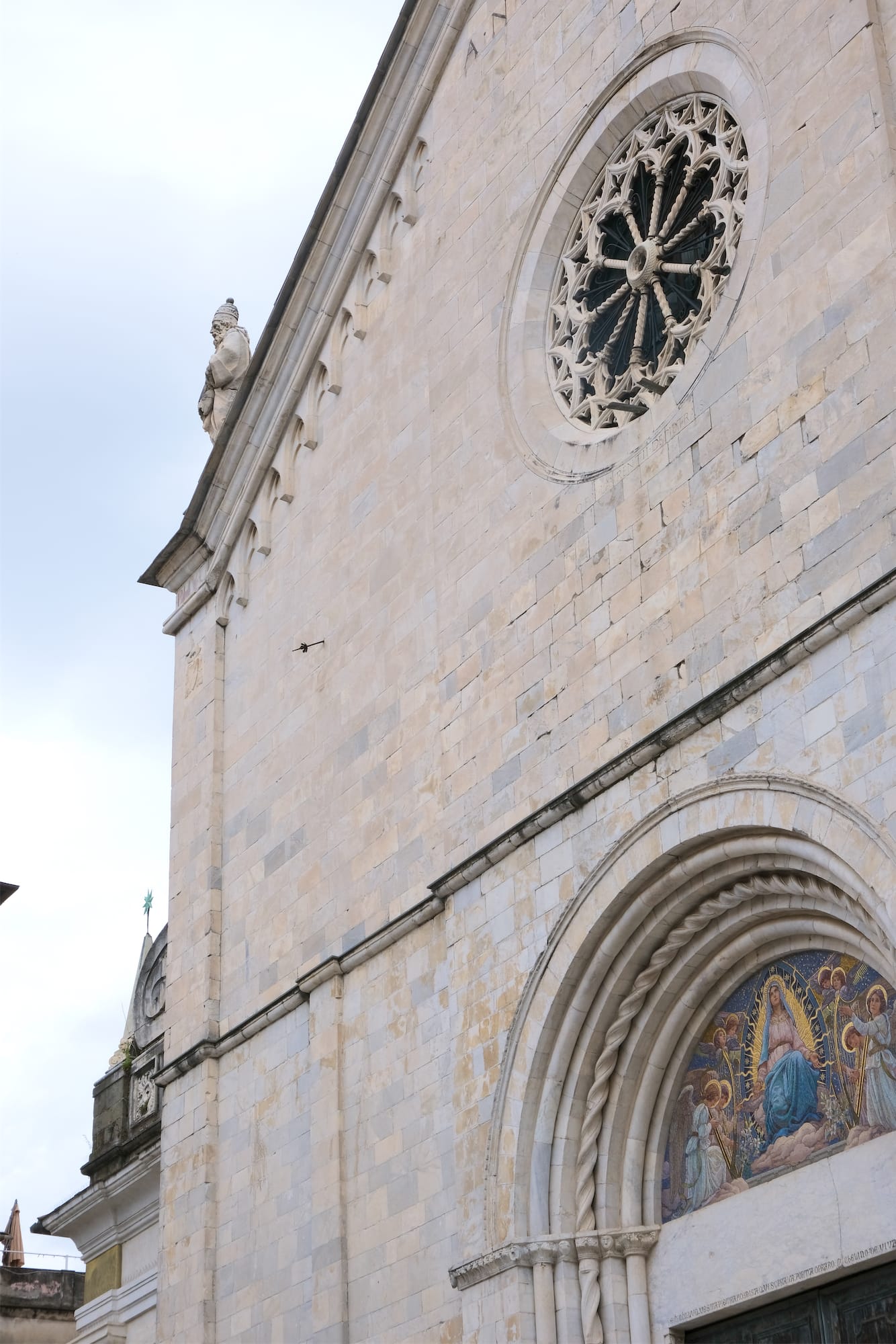
The Cattedrale di Santa Maria Assunta is the main place of worship in Sarzana. Looking at it above on the left, you will notice the hilt of a sword protruding from the structure. The Ligurian version of the sword in the stone is probably a symbol of peace. In fact, the most probable theory holds that it was driven into the stone of the facade to mark the peace achieved after a long battle. Continue along via Mazzini until you reach the Pieve di Sant’Andrea, the oldest religious building in the city (10th century) with its wonderful portal and Piazza Matteotti.

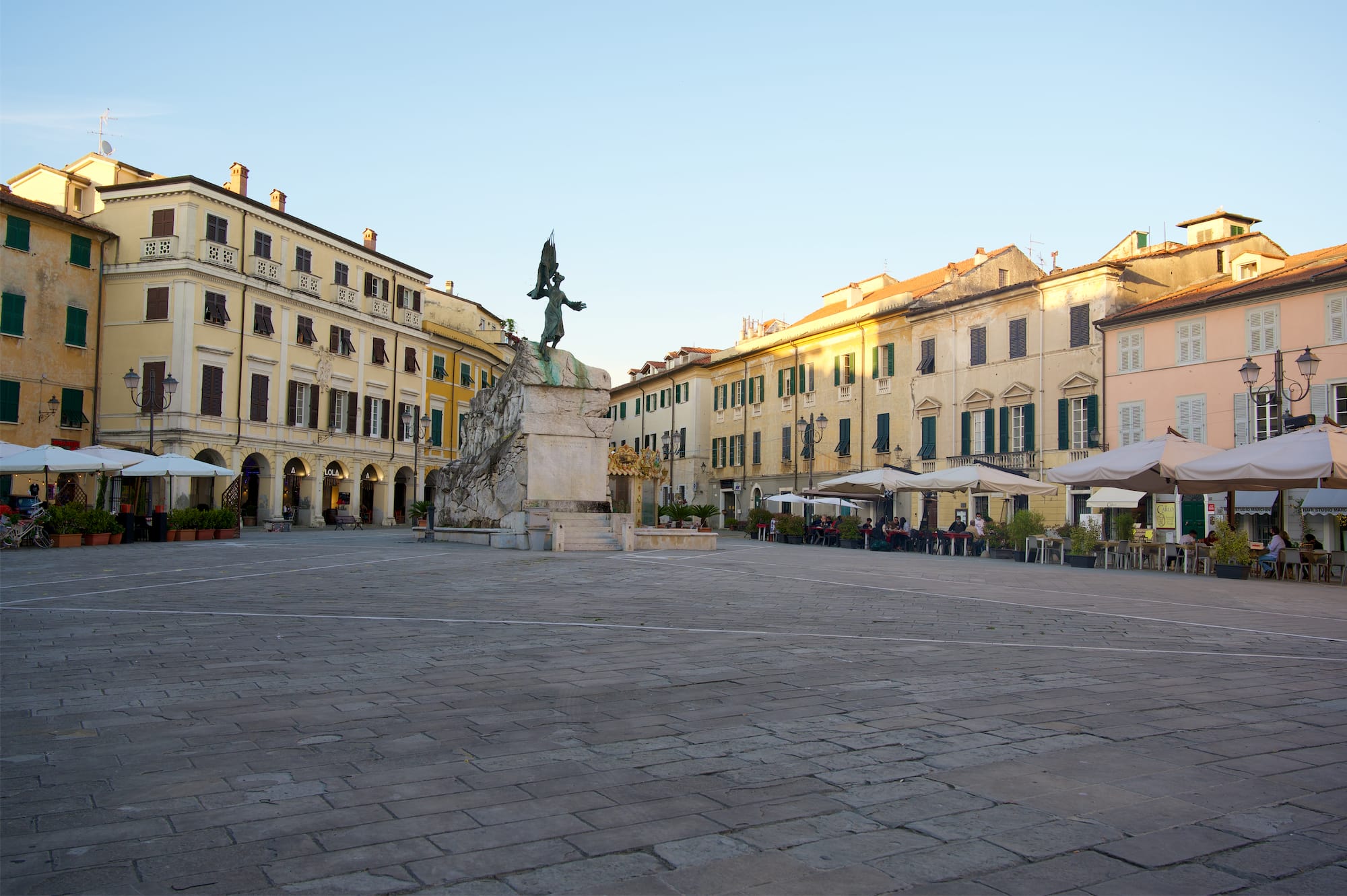



The square represents the heart of the town and is surrounded by Palazzo Roderio, the seat of the municipality and other historic houses. The colonnade of the portico on the left was initially composed of marble columns now incorporated into the structure. If you go all the way, you will see some of them still in the original shape. From here begins via Bertoloni and I advise you to follow it up to Porta Parma, which represented a further entrance to the city.
Then I recommend that you take your car back to reach the Fortezza di Sarzanello a few km away. It is one of the symbols of the city and dominates the entire Magra valley from above. The fortress, a typical example of Renaissance military architecture, hosts cultural events and demonstrations (open only on weekends).
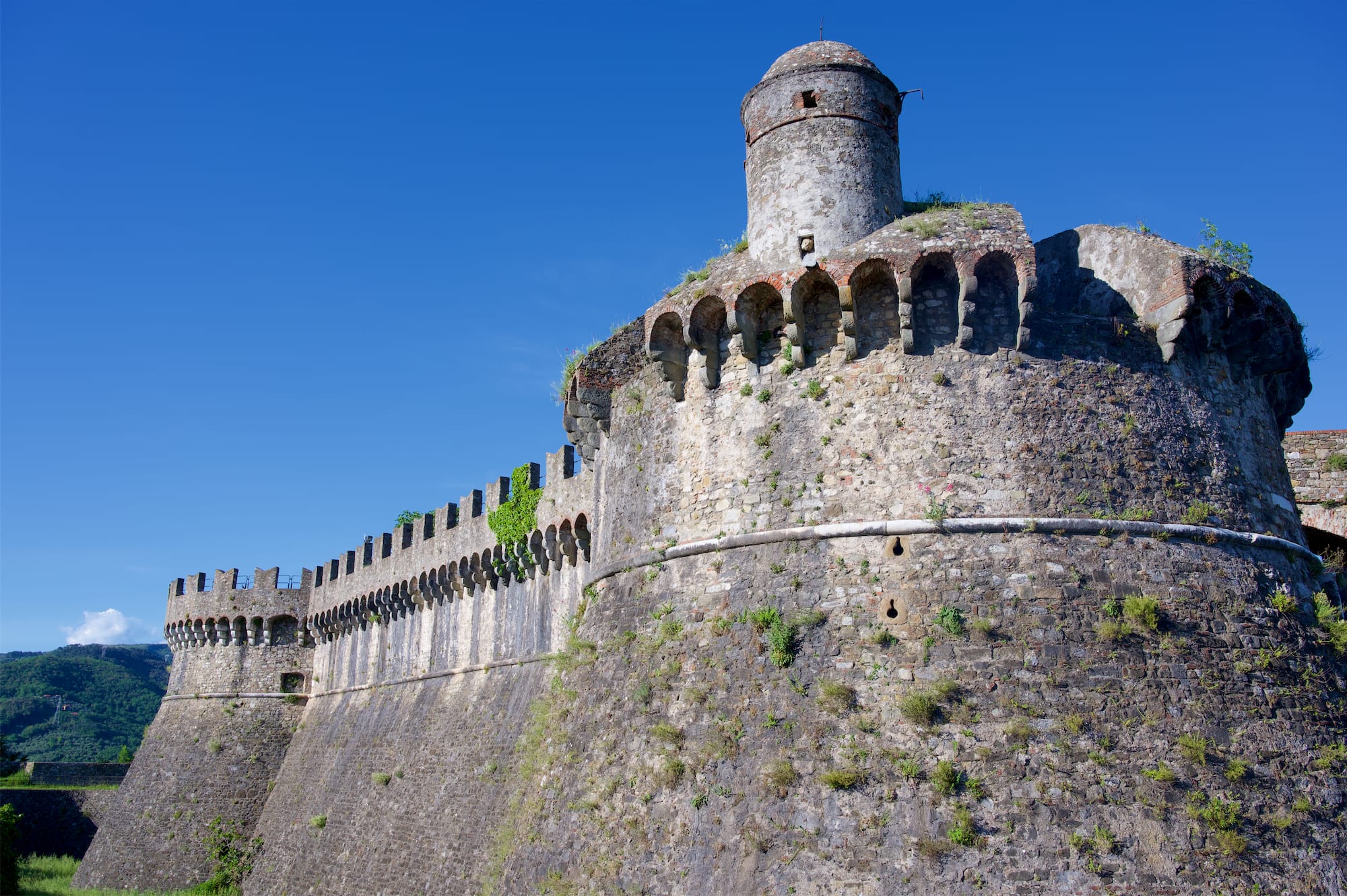
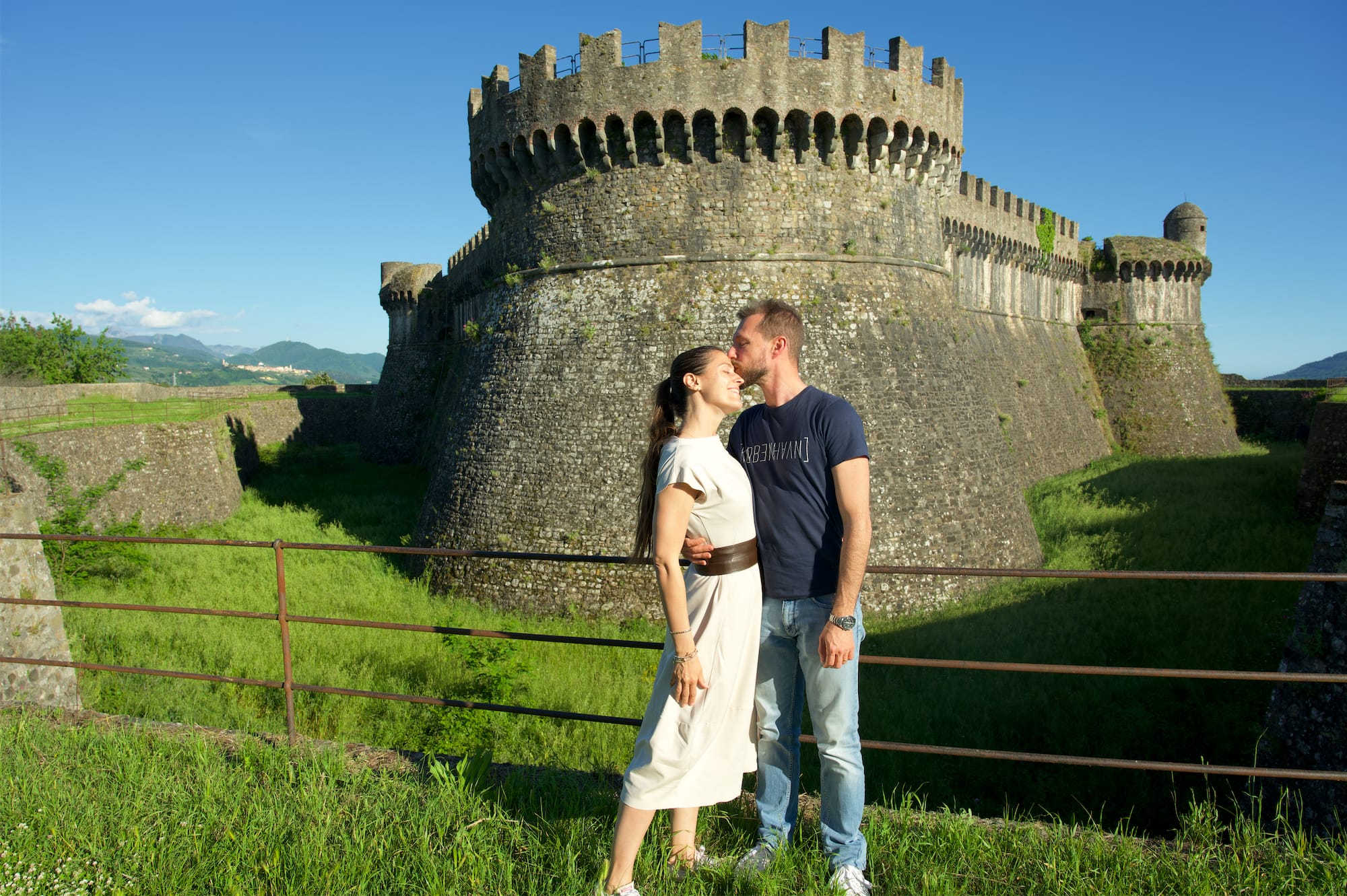
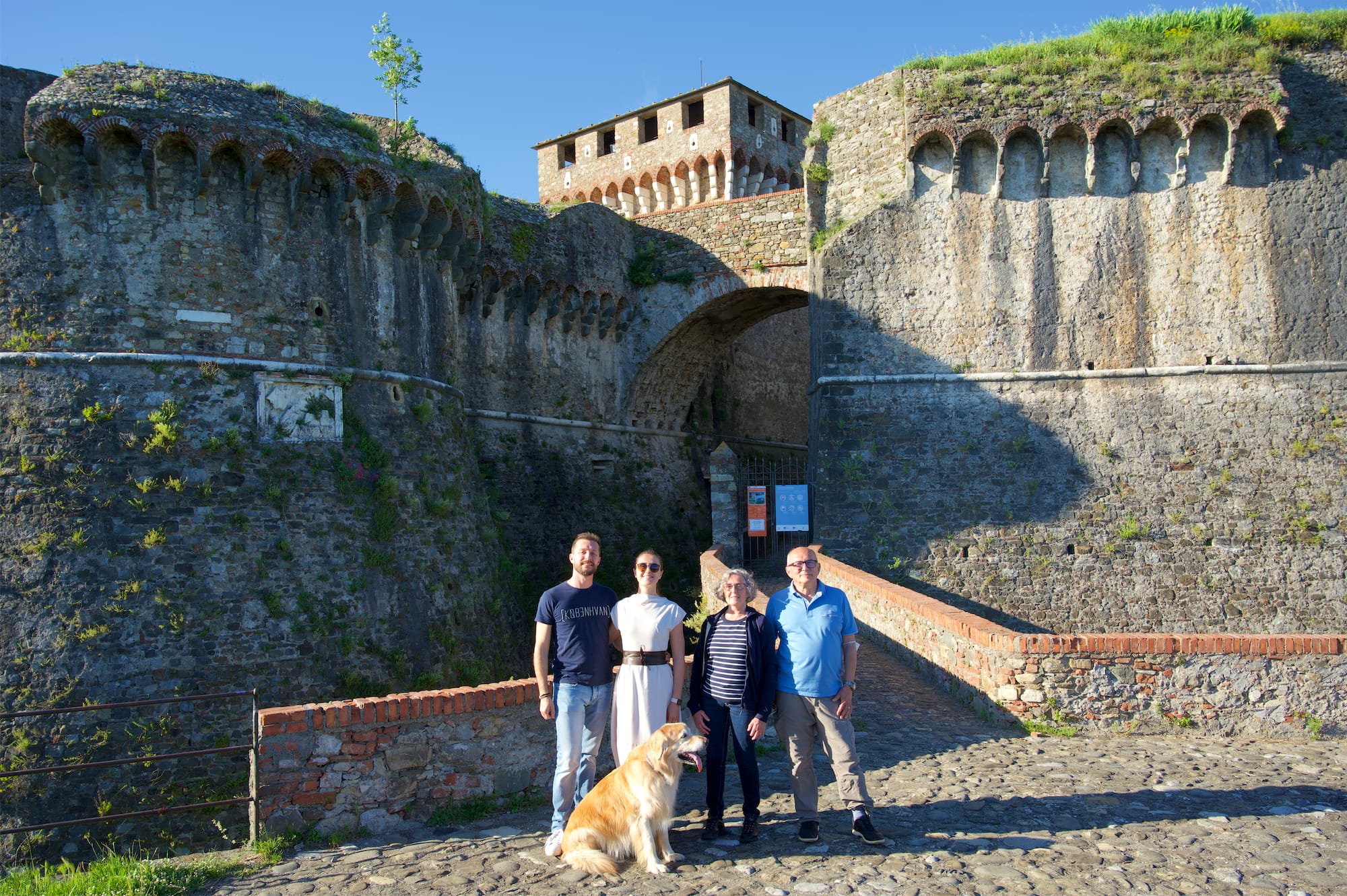
Ortonovo and Nicola
The villages of Ortonovo and Nicola are located in a dominant position, perched on the top of two hills between Liguria and Tuscany. The panorama extends unobstructed on one side to the sea, on the Ligurian coast to Versilia and on the other on the whole of the Apuan Alps. I am sure that you too will be captivated by this view!
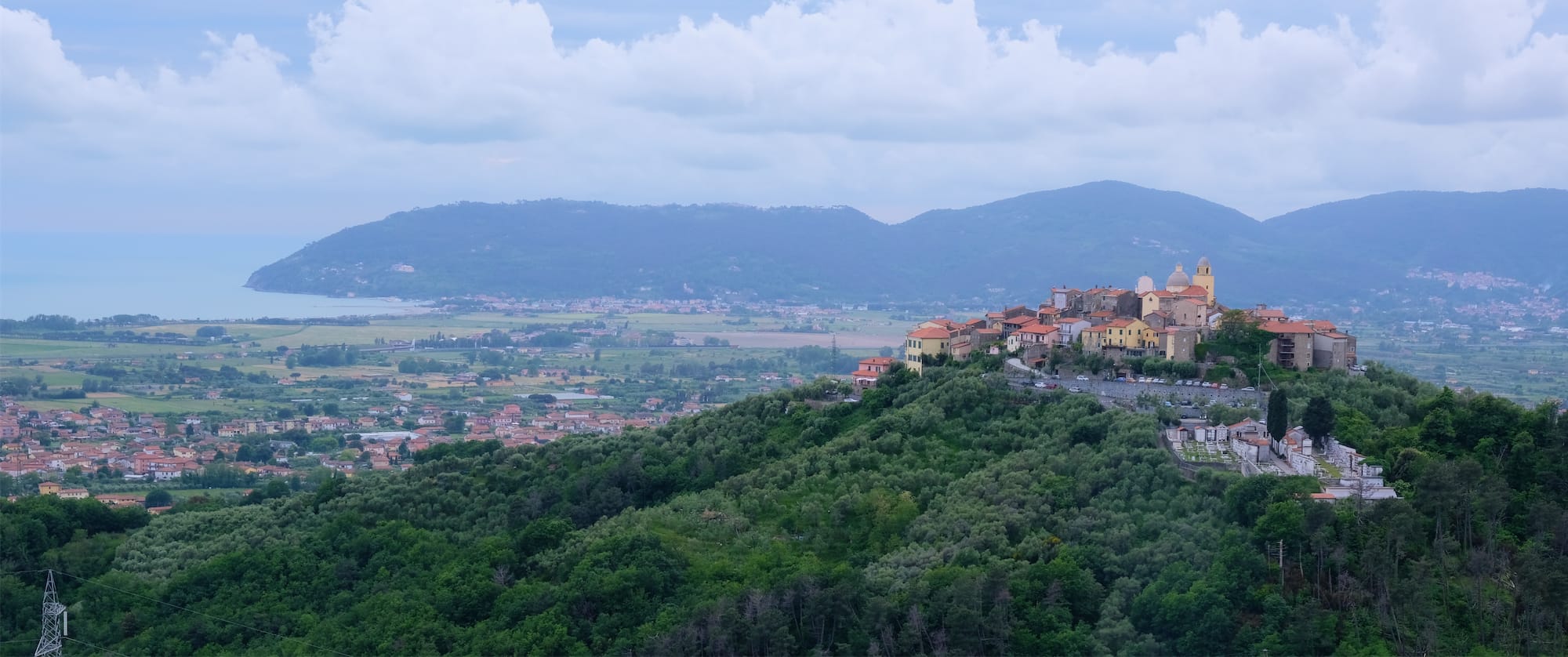
Ortonovo was the first village we visited. We started from the square of the church of Santi Lorenzo e Martino, next to which is the gateway to the historic village. The small alleys that characterize the heart of the village are cared for and decorated with a series of paintings representing the symbols of the city. Very particular is the Guinigi tower of 1404, a round tower surmounted by a scaled dome, currently used as the bell tower of the parish church.

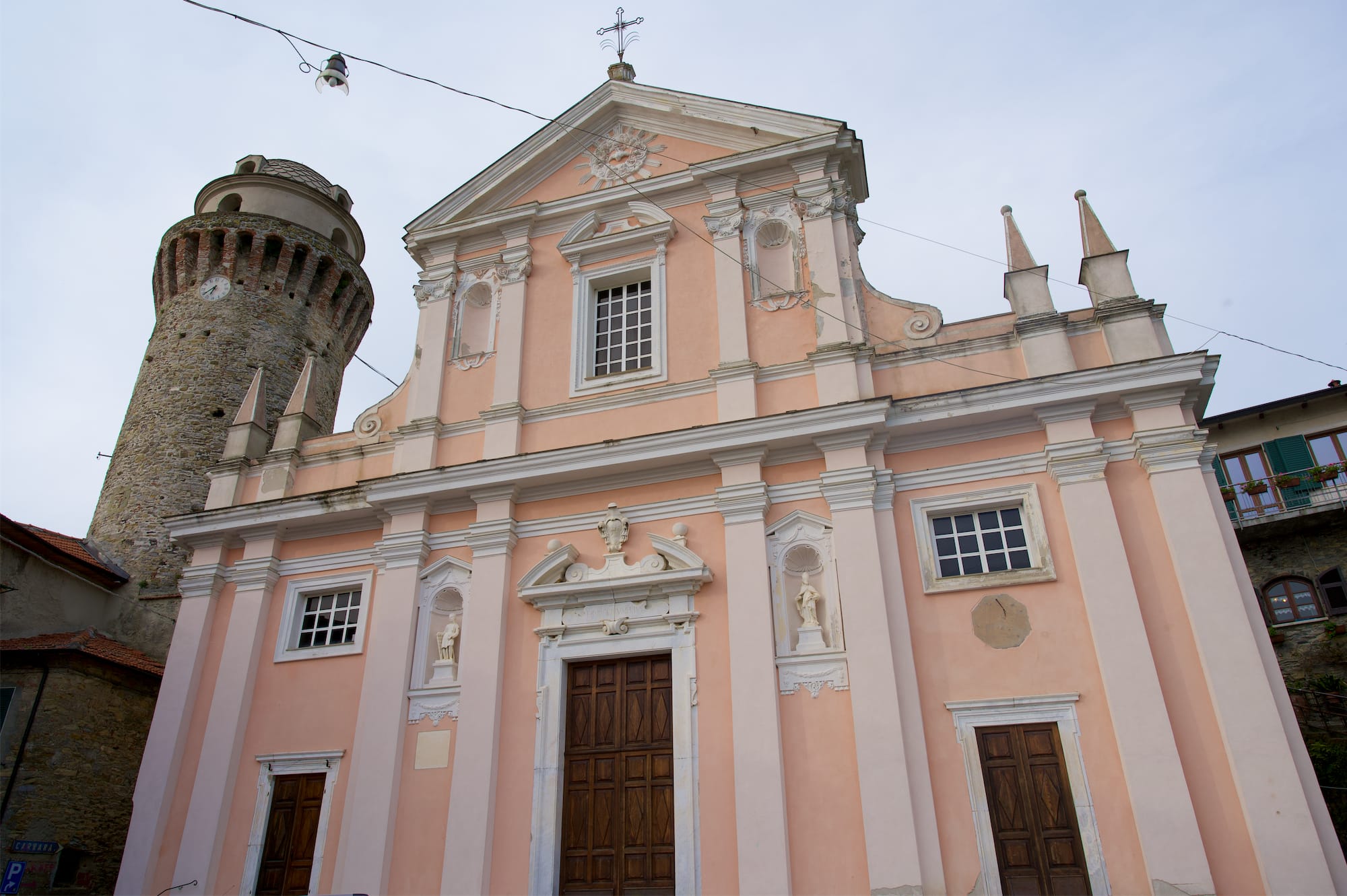
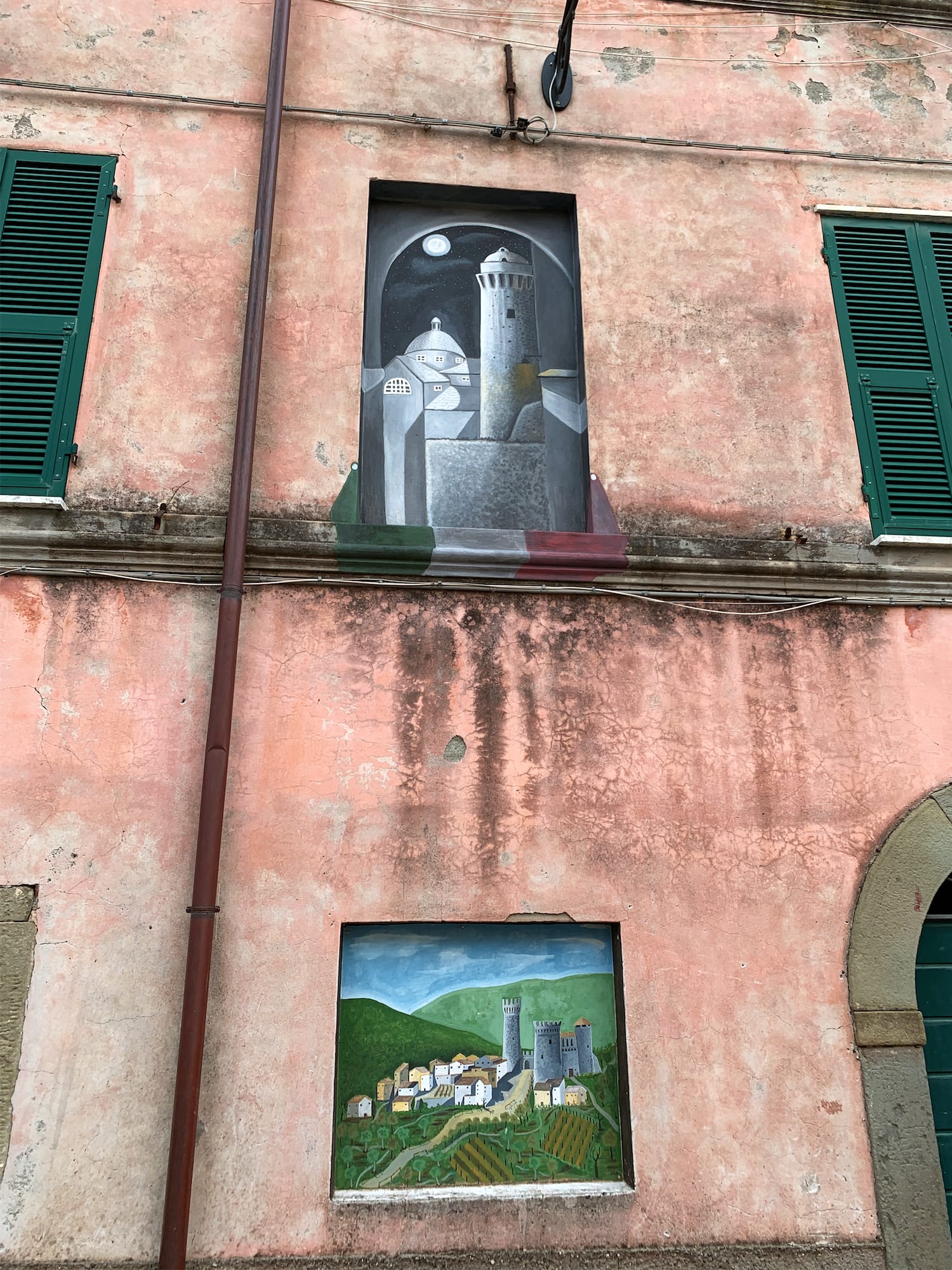
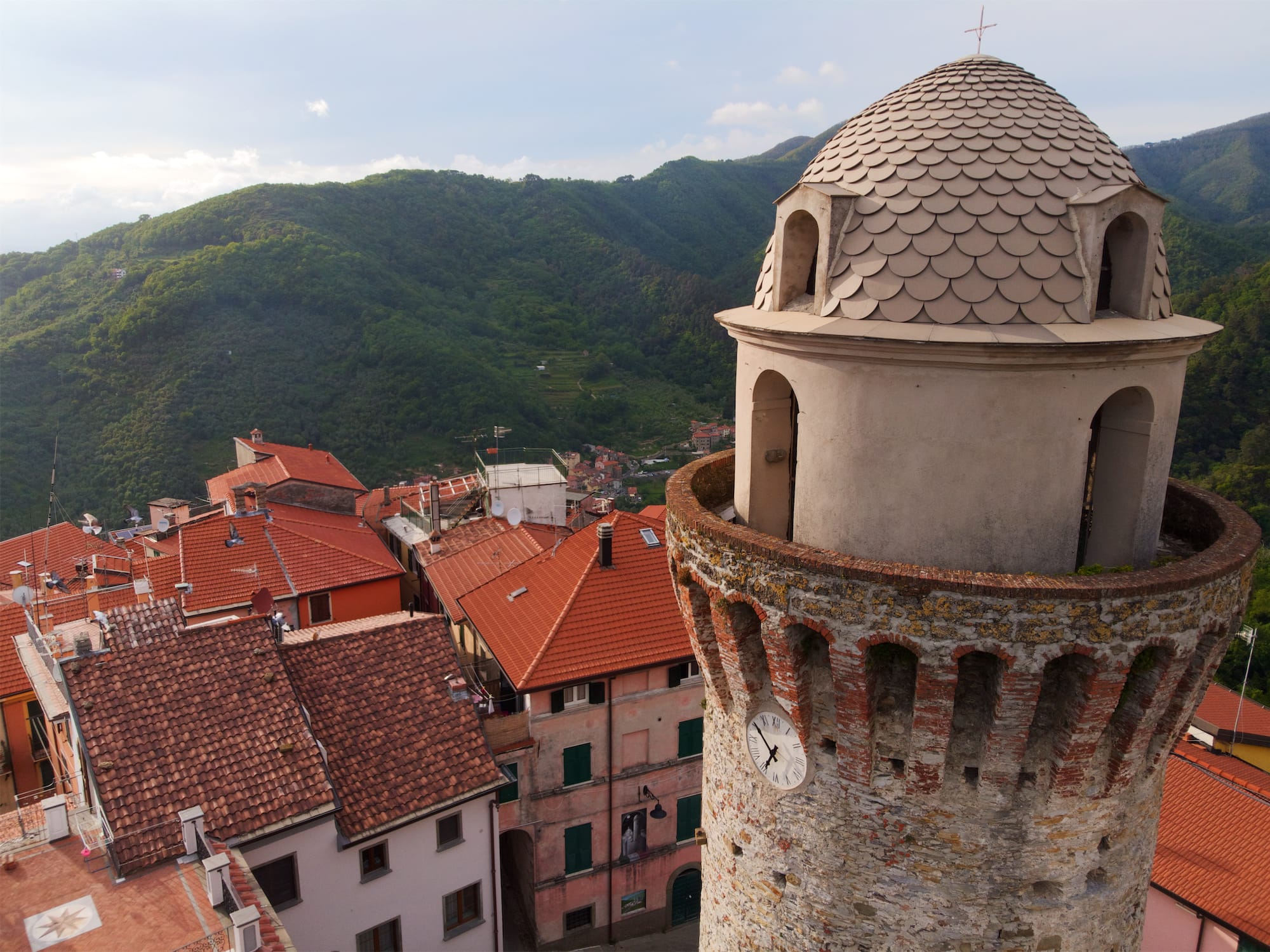
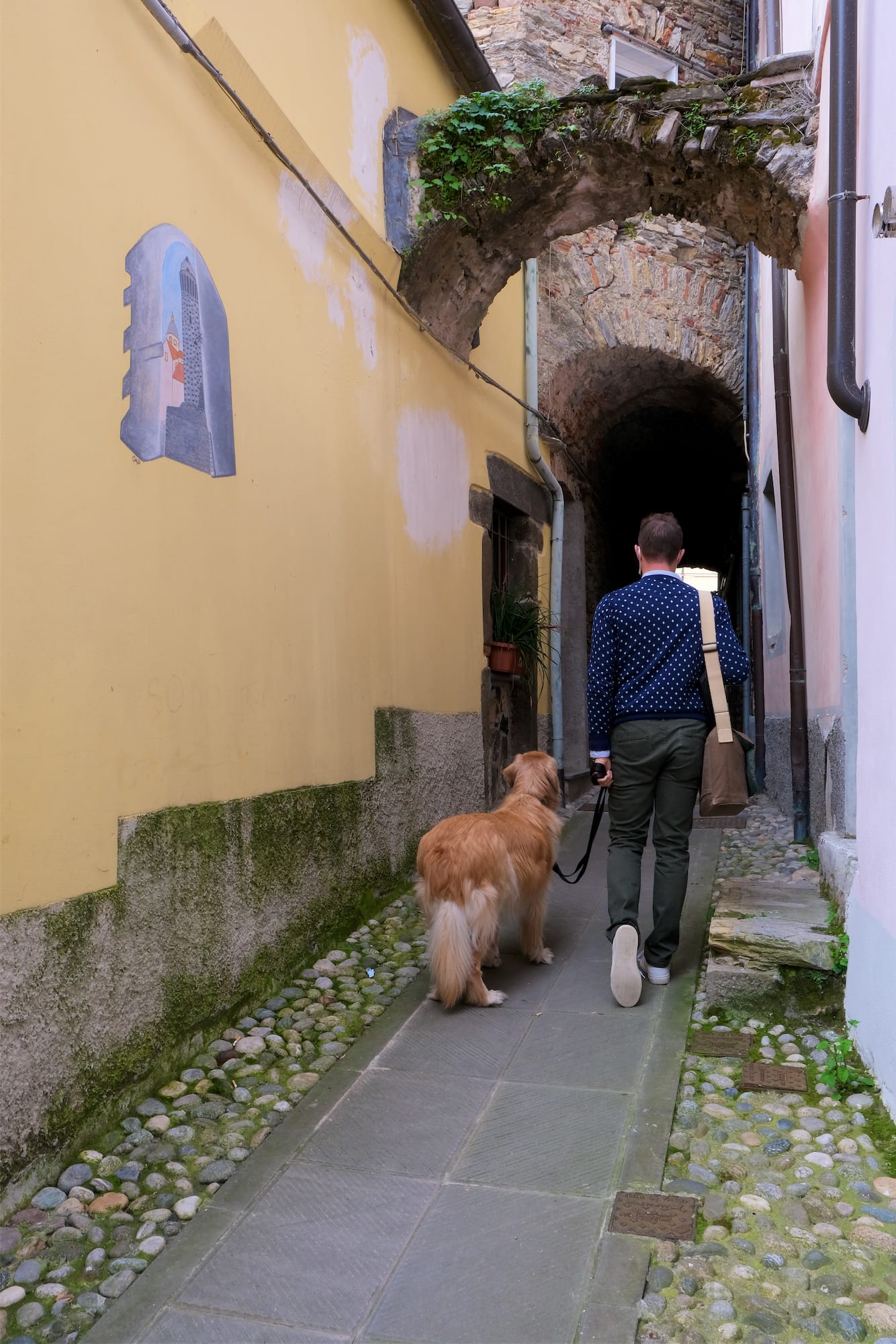
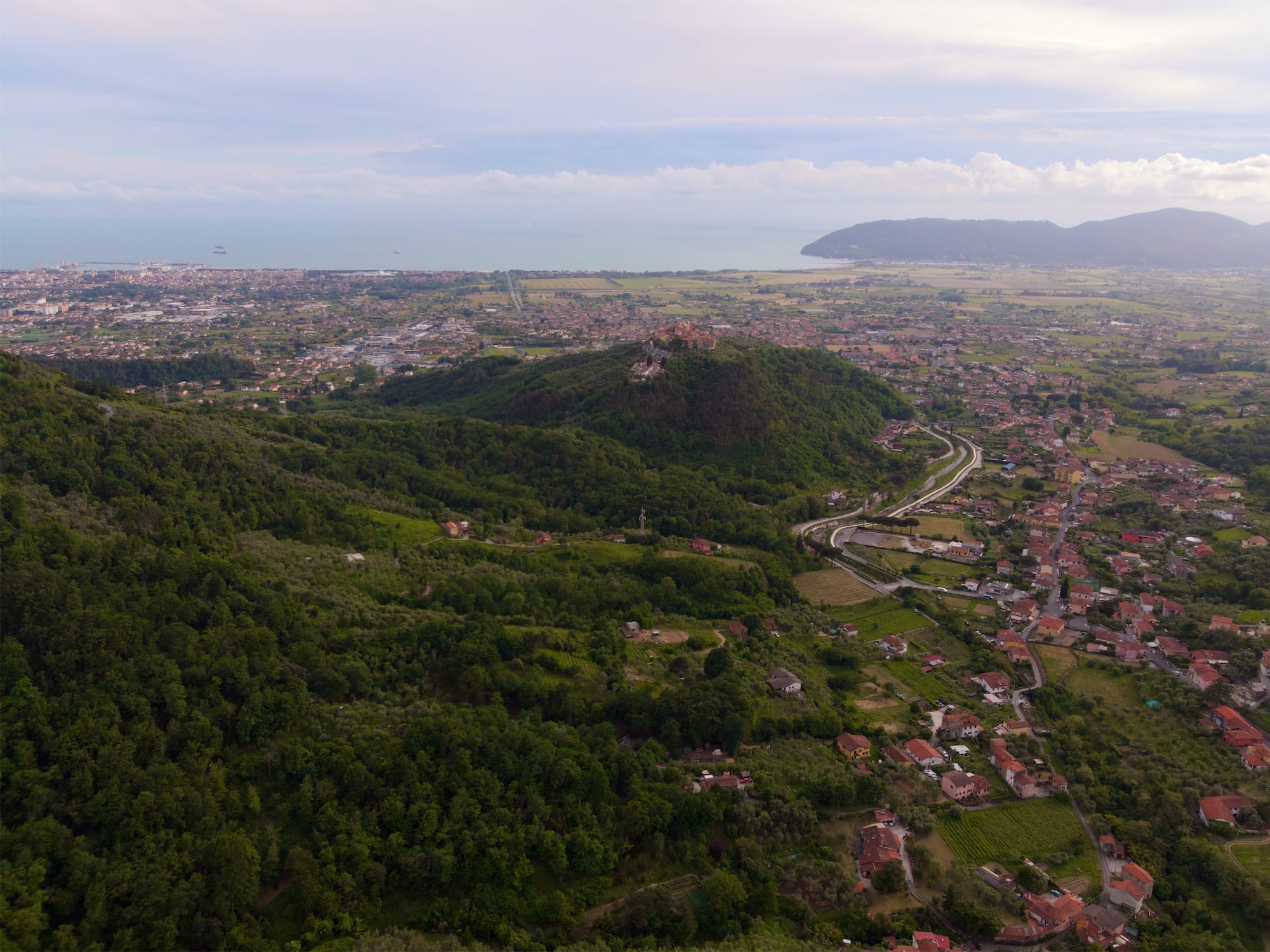
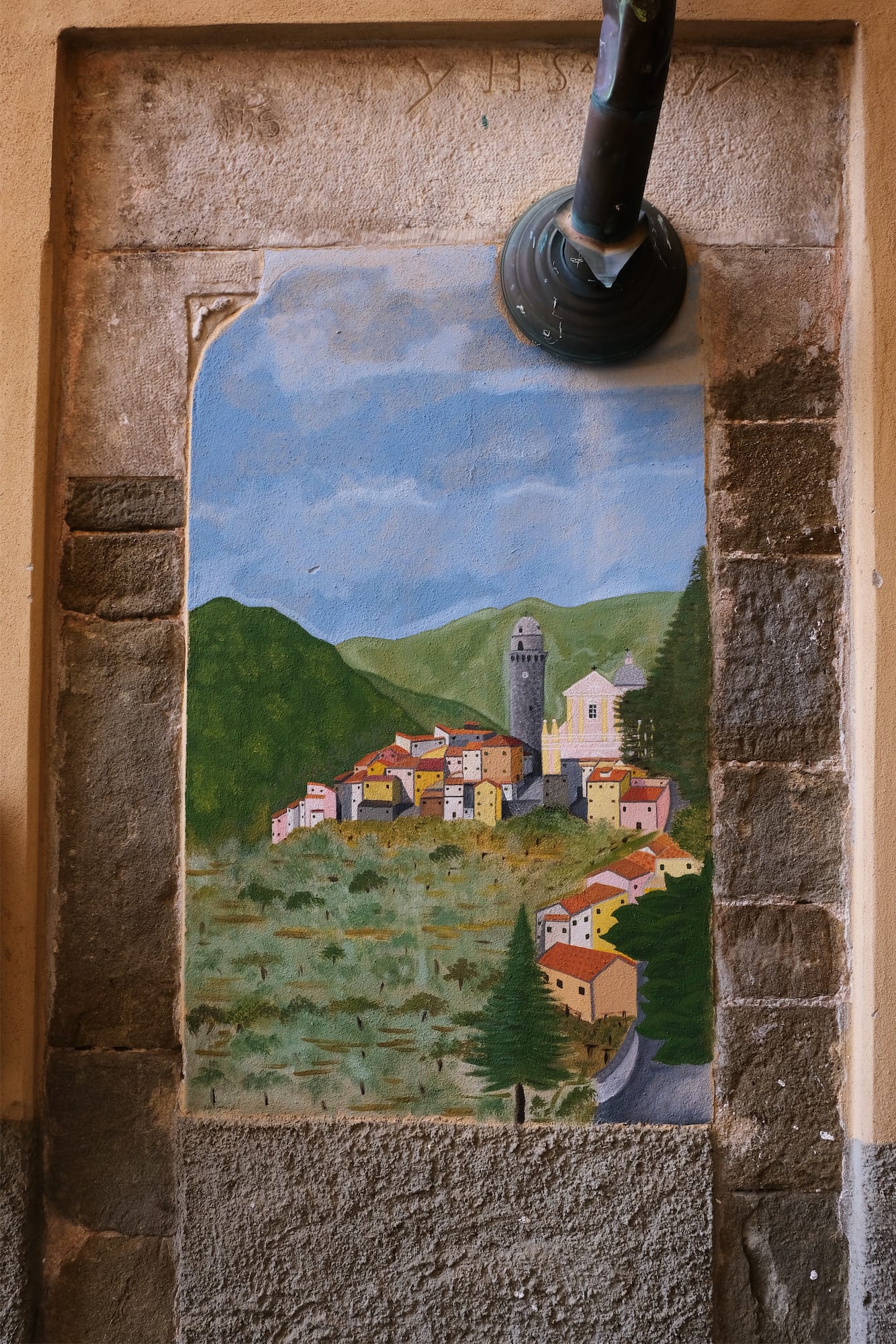
A short distance away, always located on the top of a hill, the small medieval village of Nicola is undoubtedly worth a walk. The streets of the center are embellished with small colorful gardens and converge towards the highest point where the church square is located. Here too, as in Ortonovo, time seems to have stopped and tranquility reigns supreme.
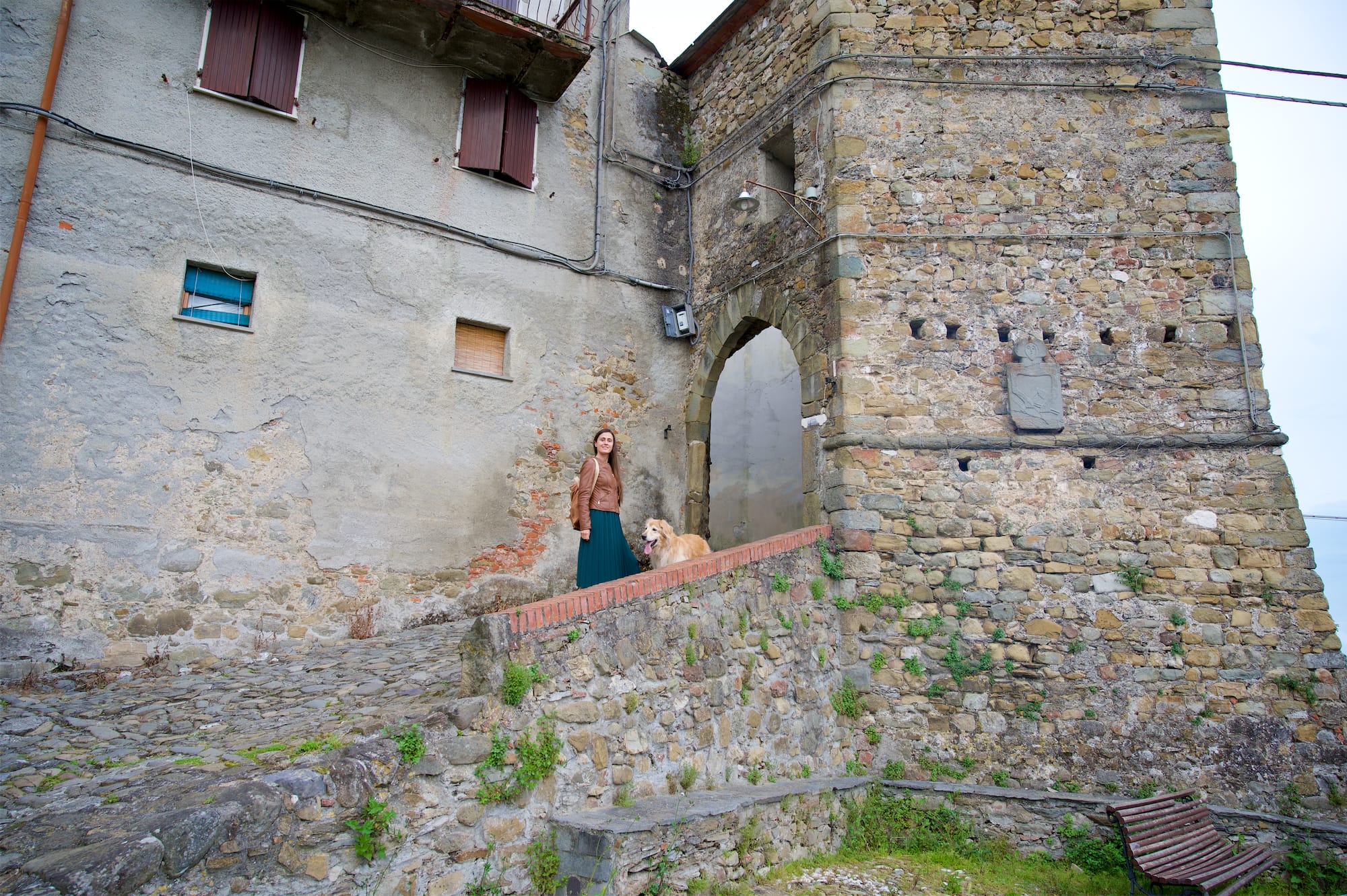
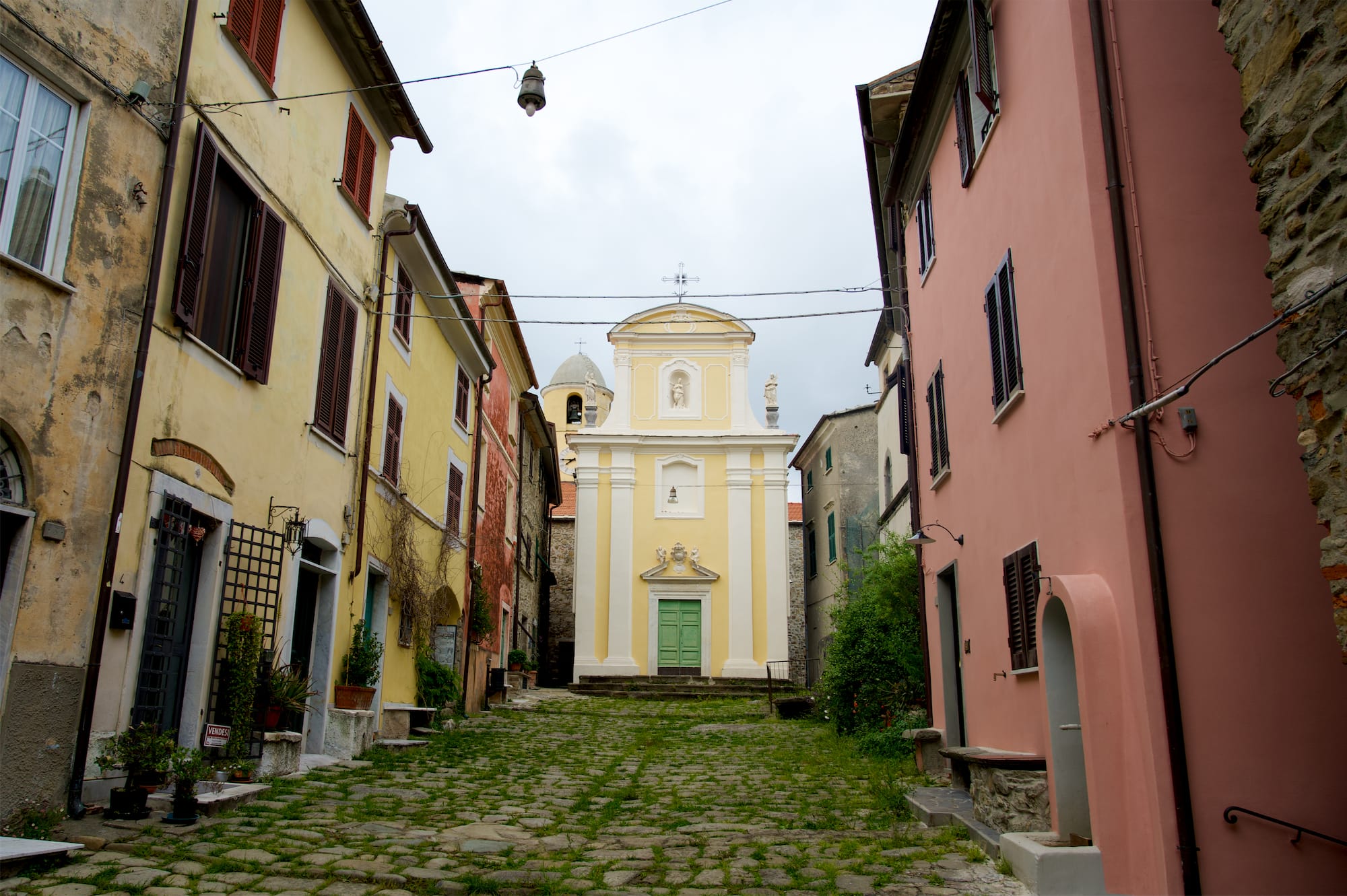
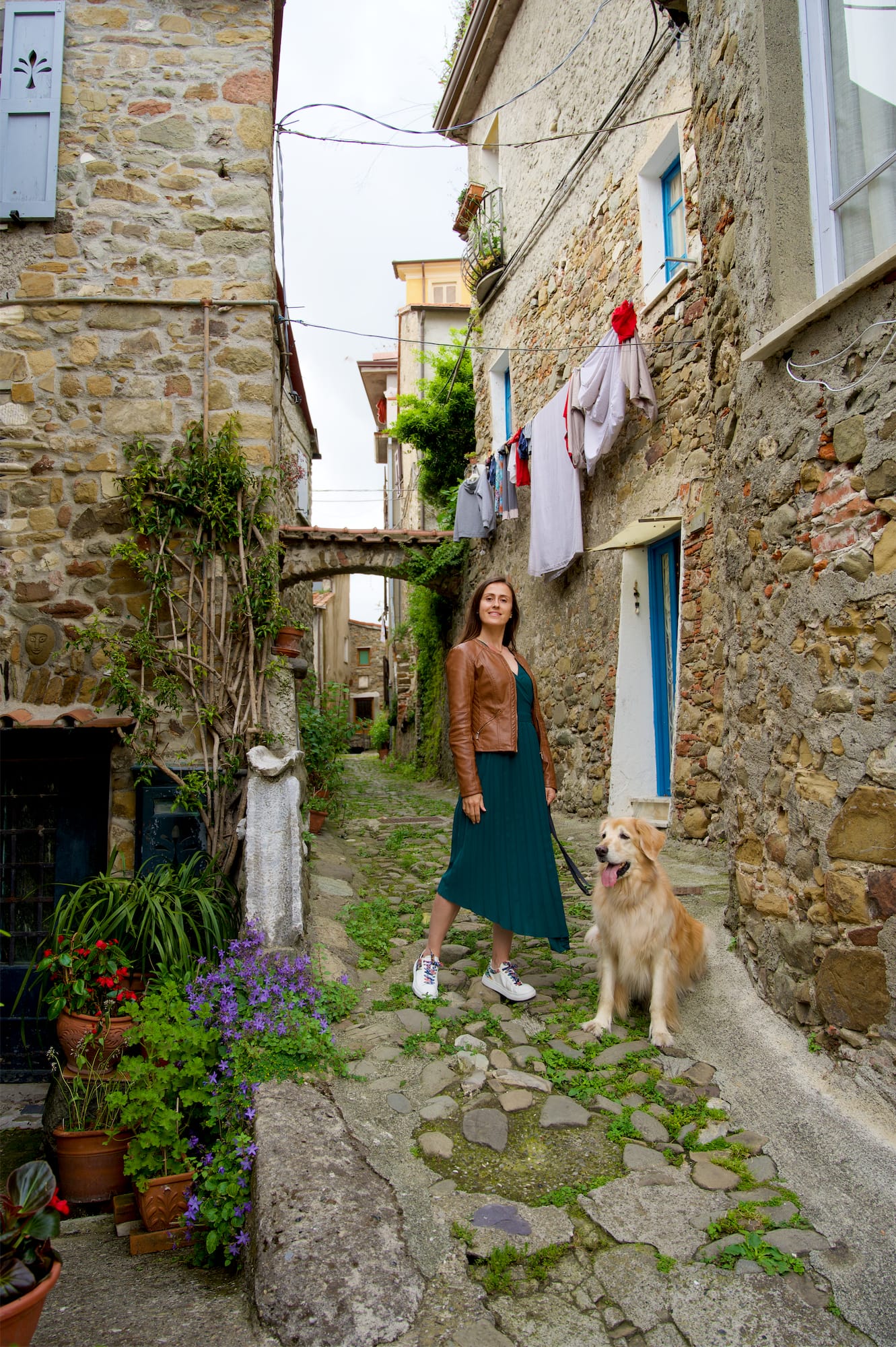
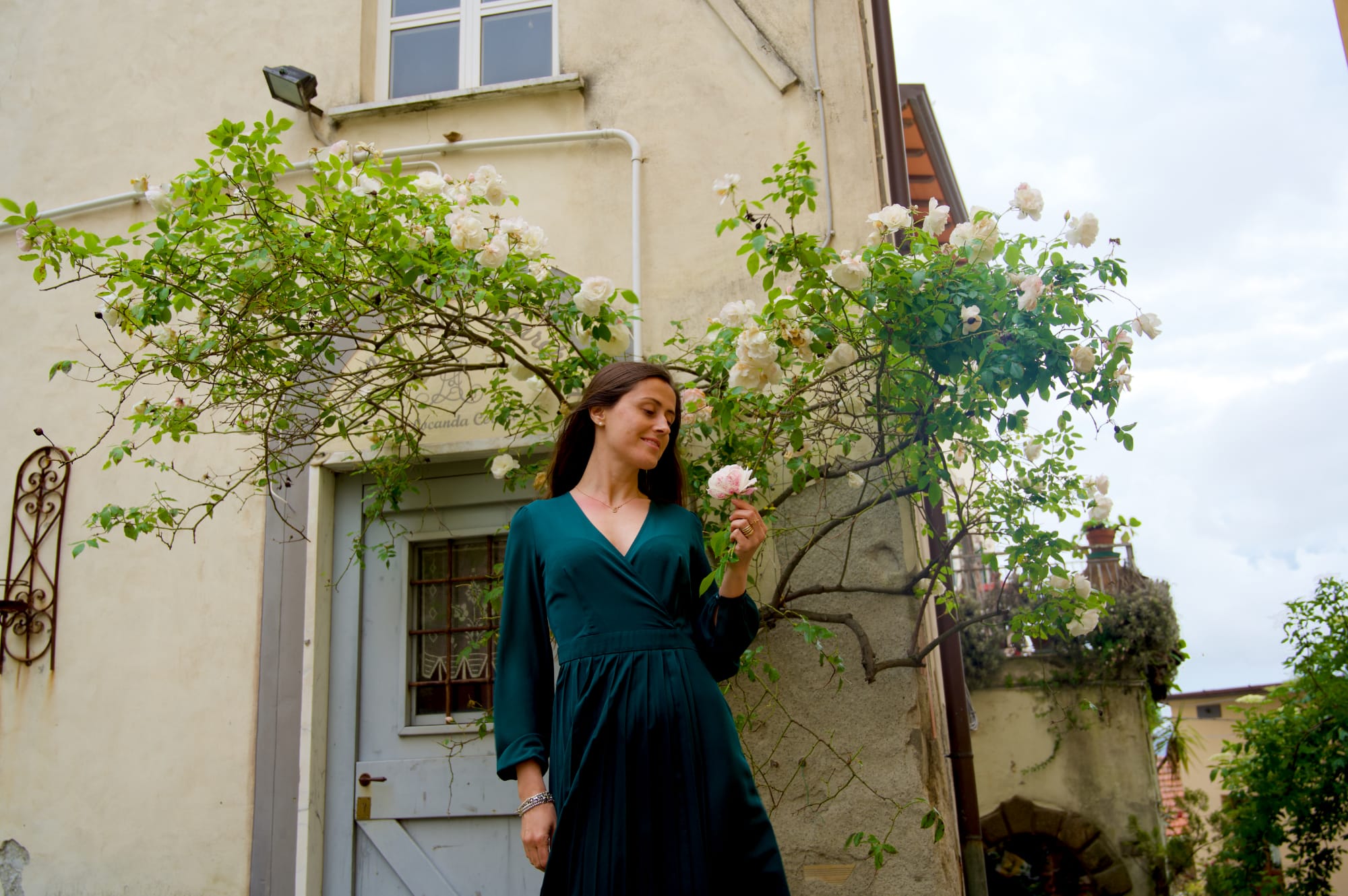
Wines: not just white vermentino!
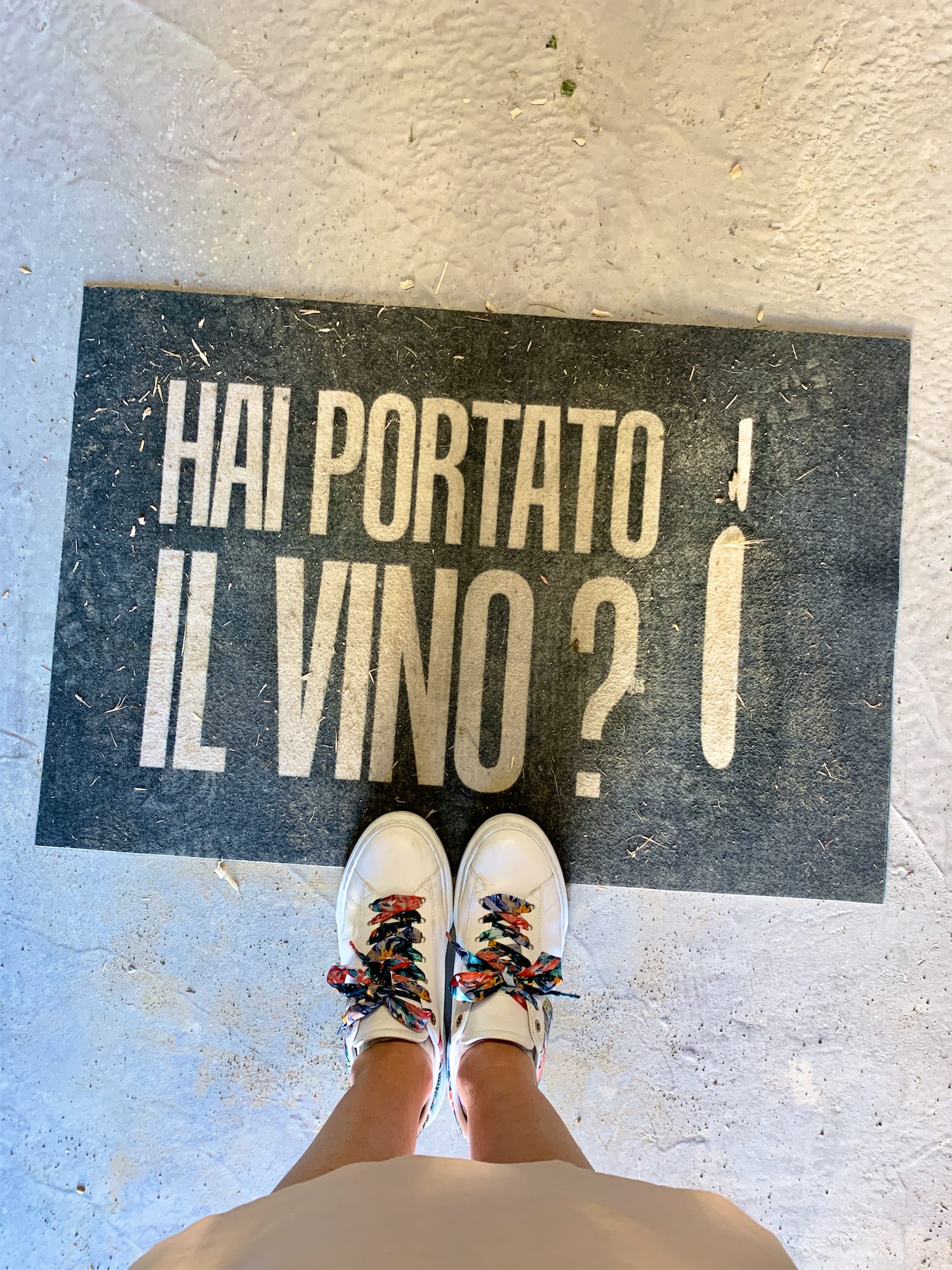
During our stay we wanted to visit two wineries whose vermentino we had enjoyed during our previous stay in Liguria. These are the Terenzuola cellars and the Lunae cellars.
The first visit was to the Terenzuola wineries (about 150,000 bottles per year). Marco accompanied us on the visit, starting with a brief introduction on the positioning of their vines and on the production methods. Their fresher wines essentially make only steel, but other reds also go through large tonneaux. The tasting was a pleasant discovery: vermentino is not only white, but also in the black vermentino version. A light and pleasant wine even in summer, perhaps served a little cooler. Then we continued with the other types, all accompanied by an interesting introduction on the history of the winery. It goes without saying that the white vermentino Basse vigne and Fosso di Corsano proved to be excellent.
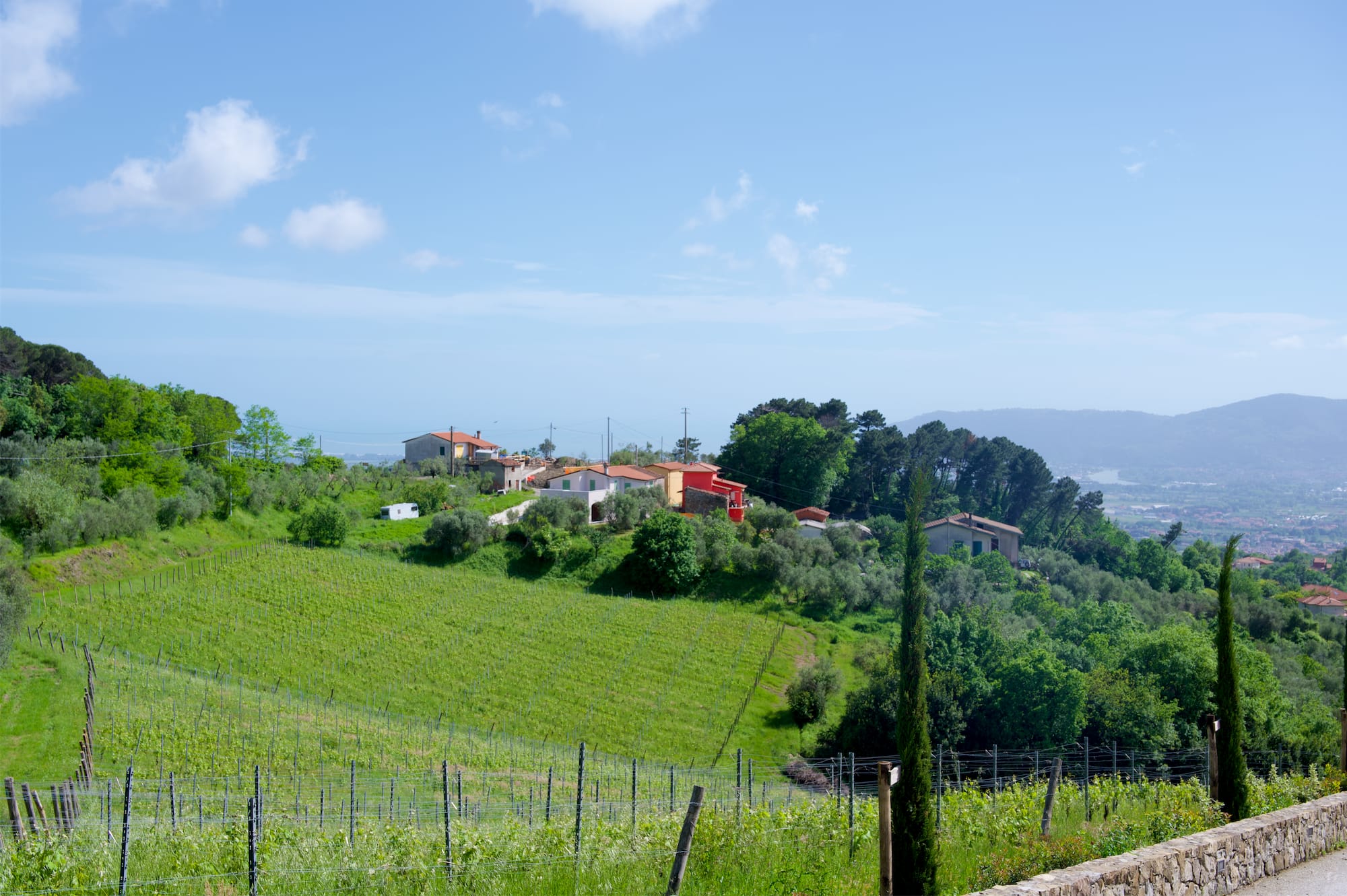
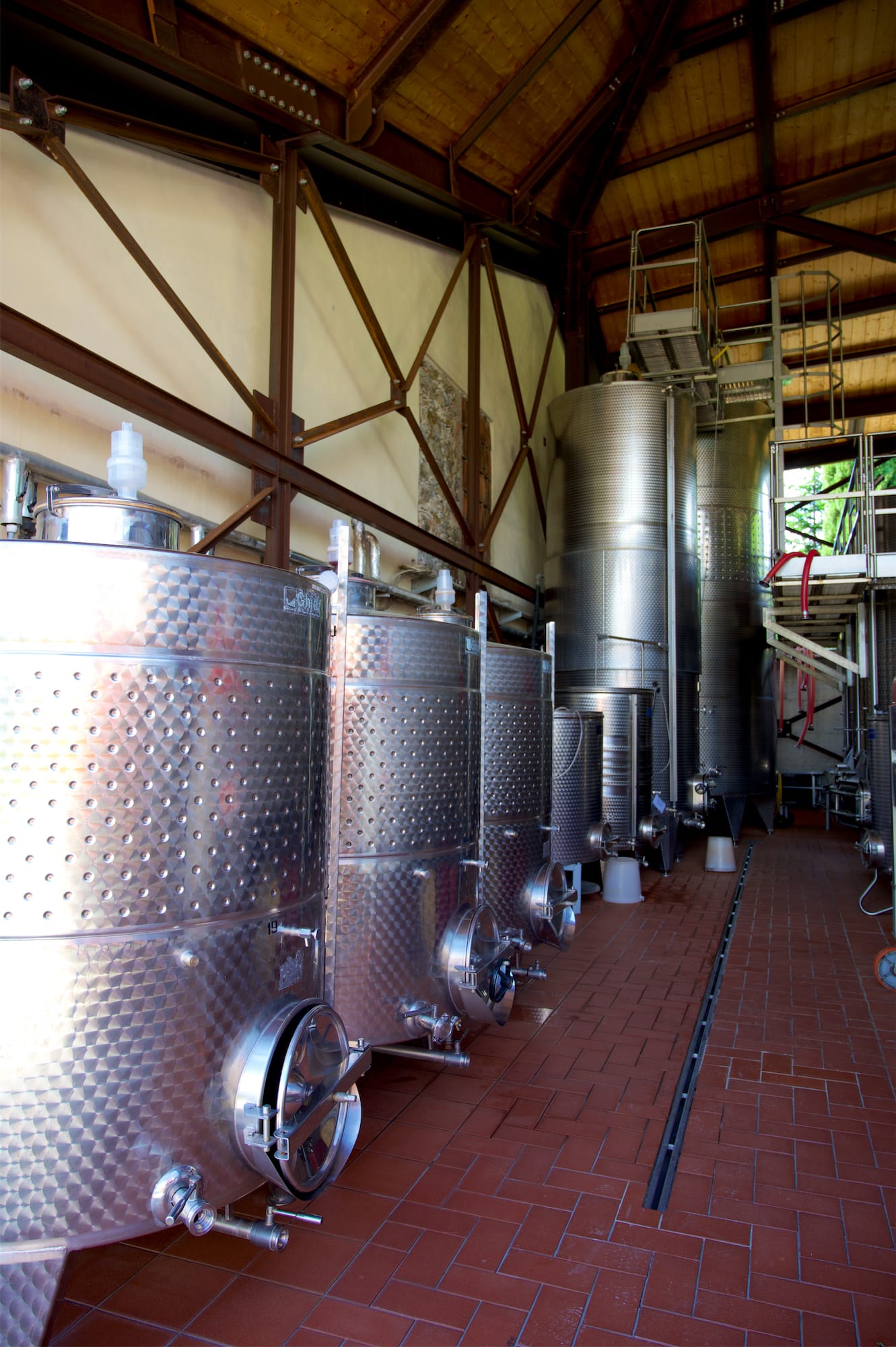
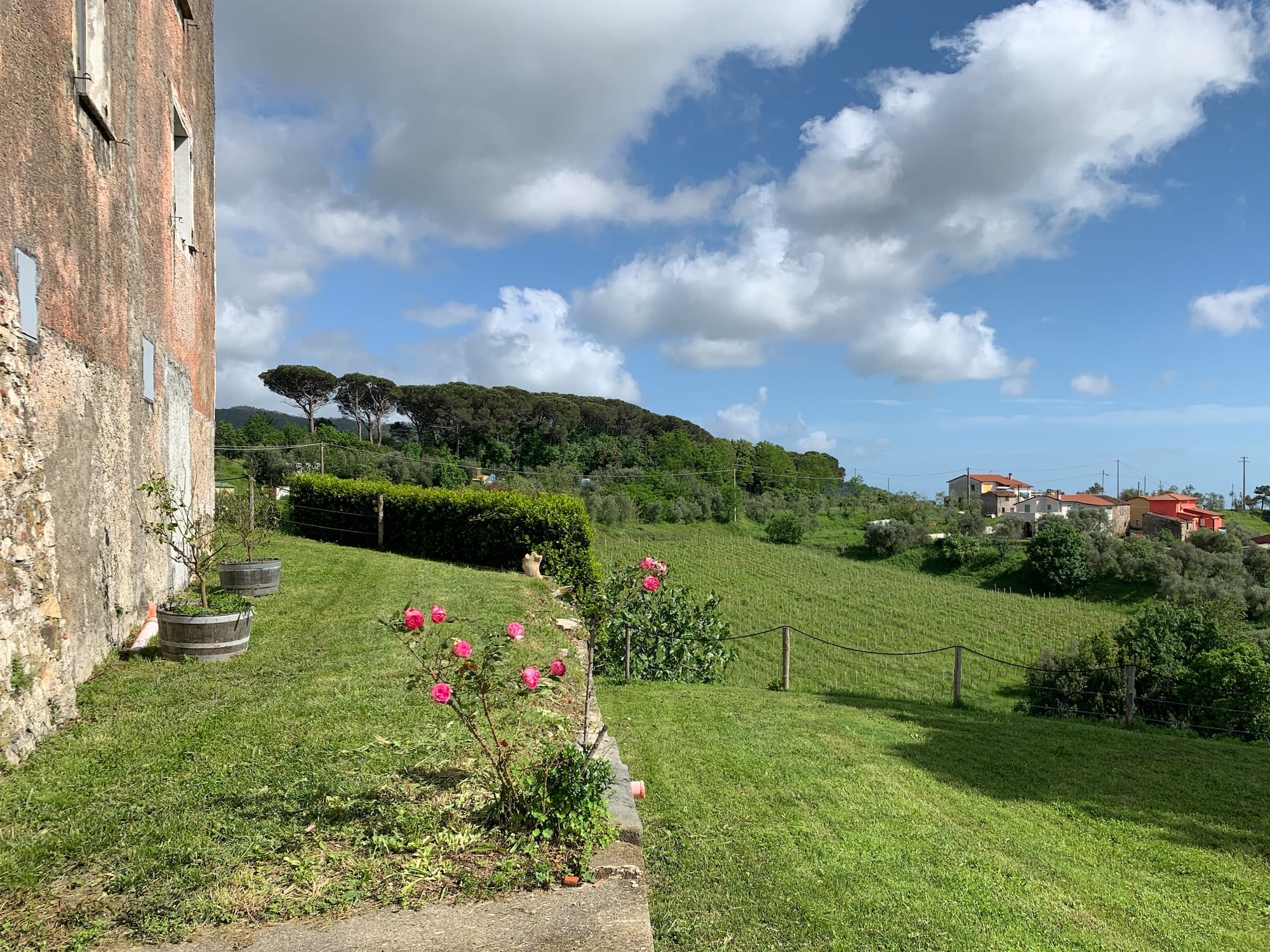

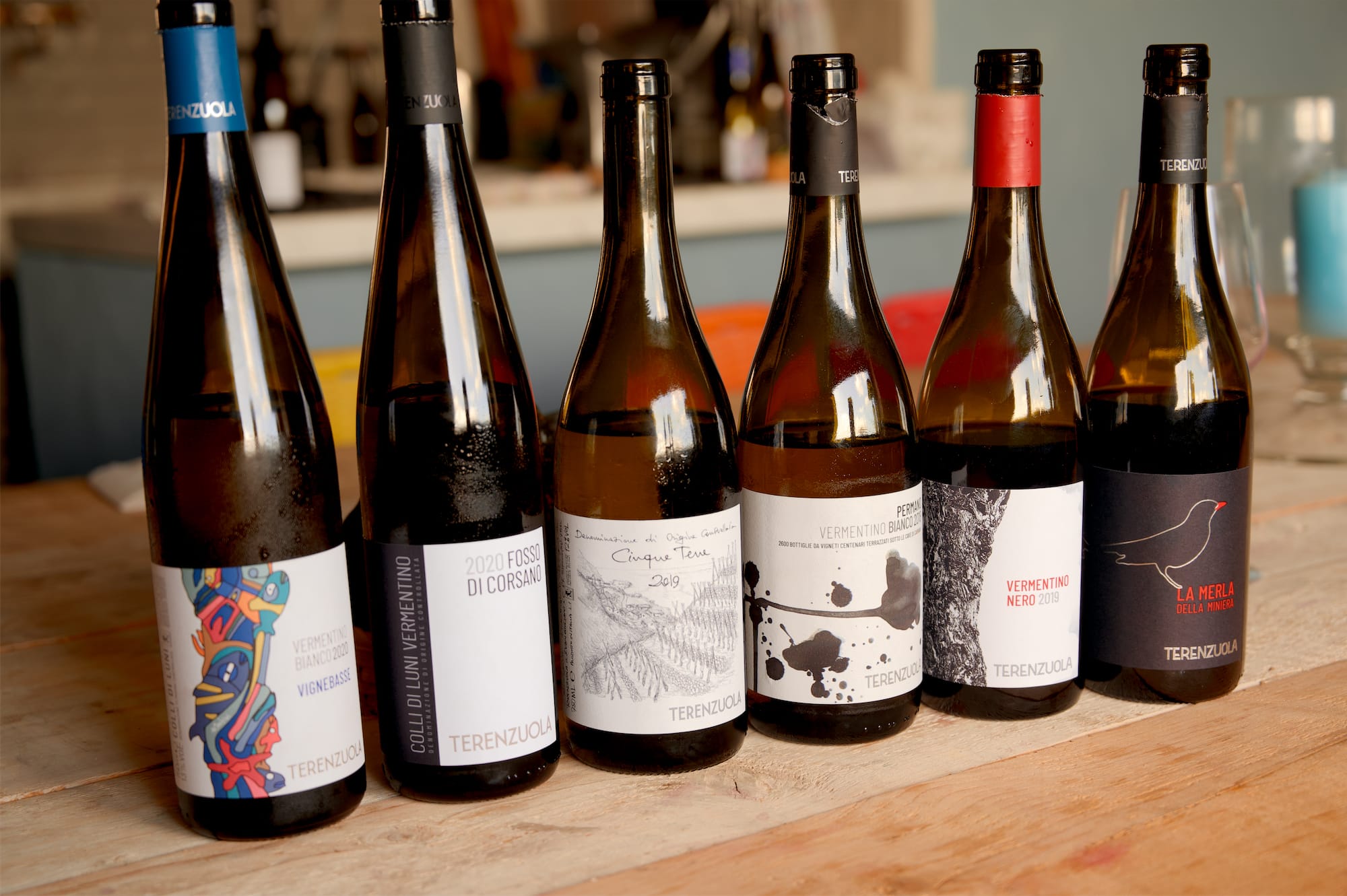
The visit to the Cantine Lunae is organized in different ways. We opted for the guided tour of the museum and the tasting at the counter. The structure where the tastings are organized is not the real cellar: it is an old renovated farmhouse, where a large area dedicated to hospitality has been created, the department that follows the preparation of spirits, the museum and the large shop.
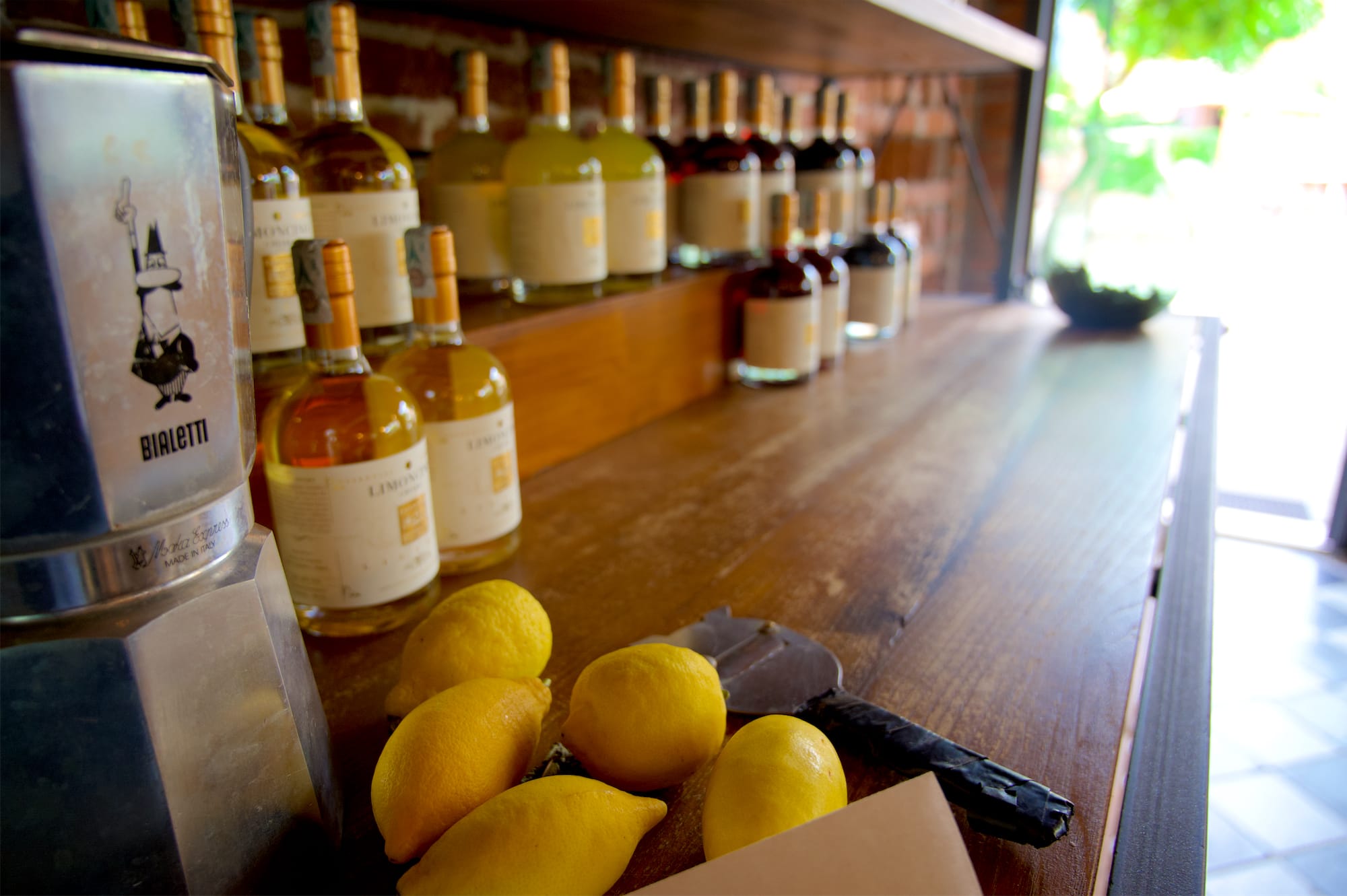
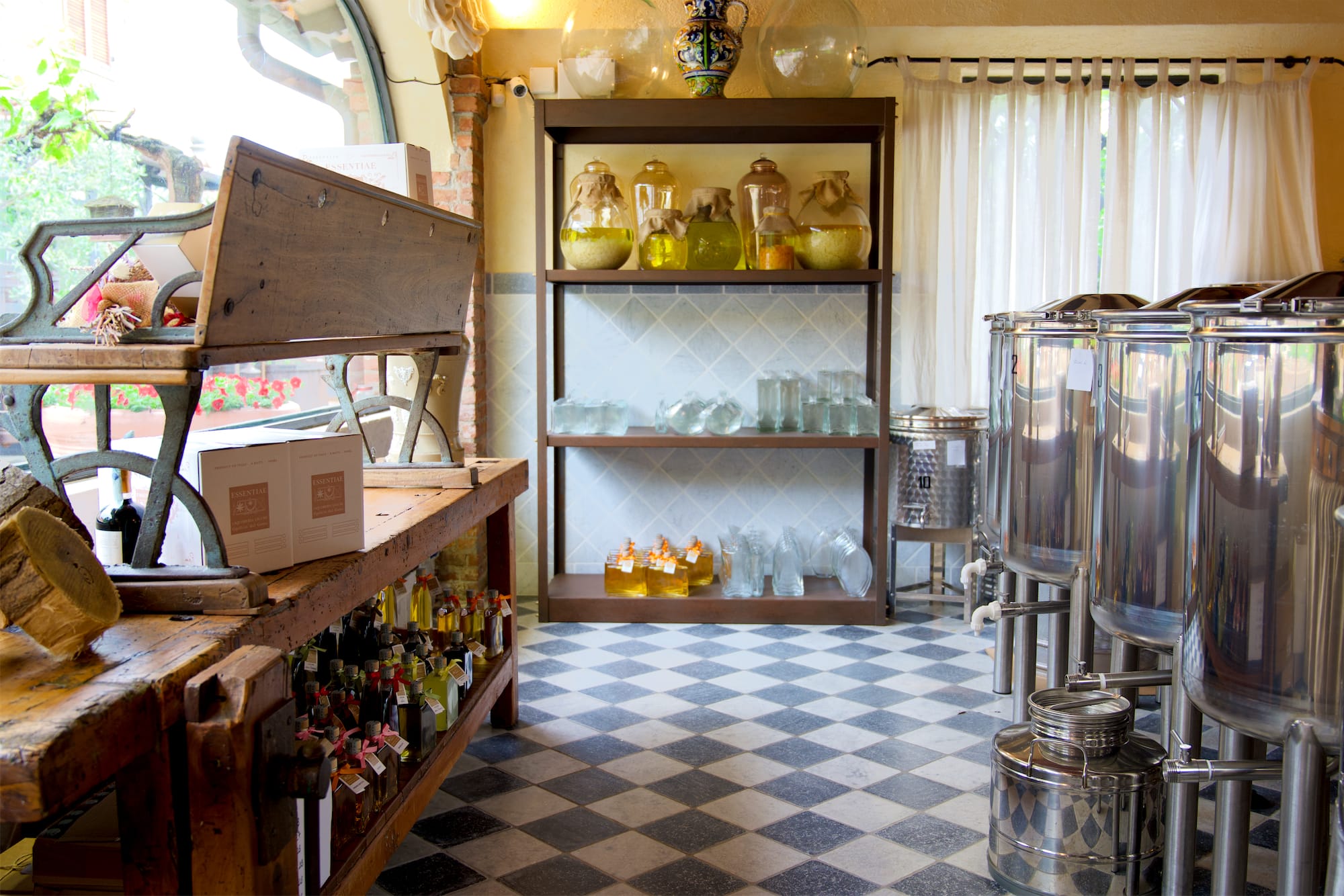
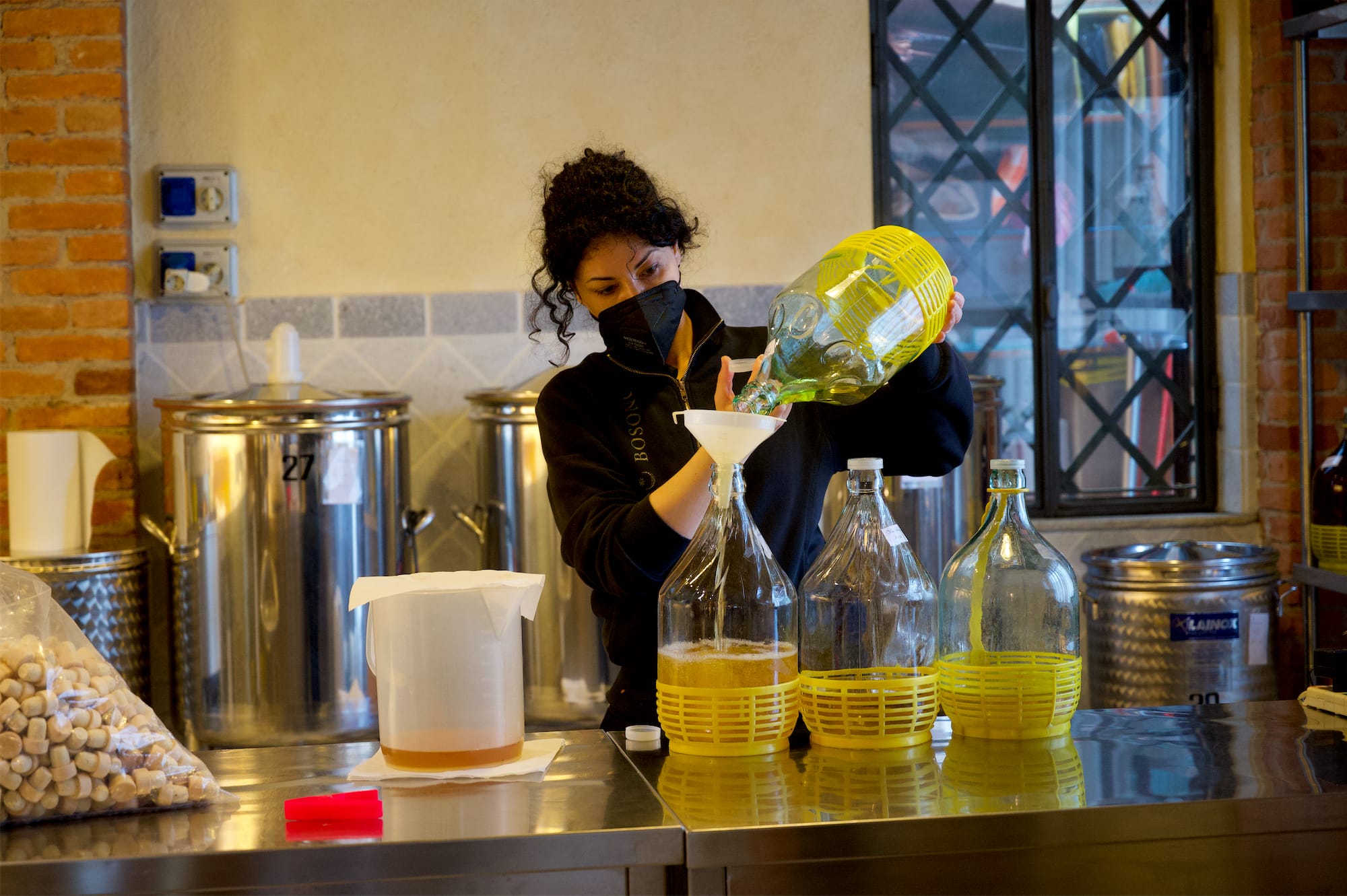
Giada accompanied us all the way, starting from some rows that are right next to the structure. We started from there, and then continued with the museum where instruments and photographs of the time were collected. The people of the area contributed to the collection, creating a truly interesting journey into the history of the area's wine.
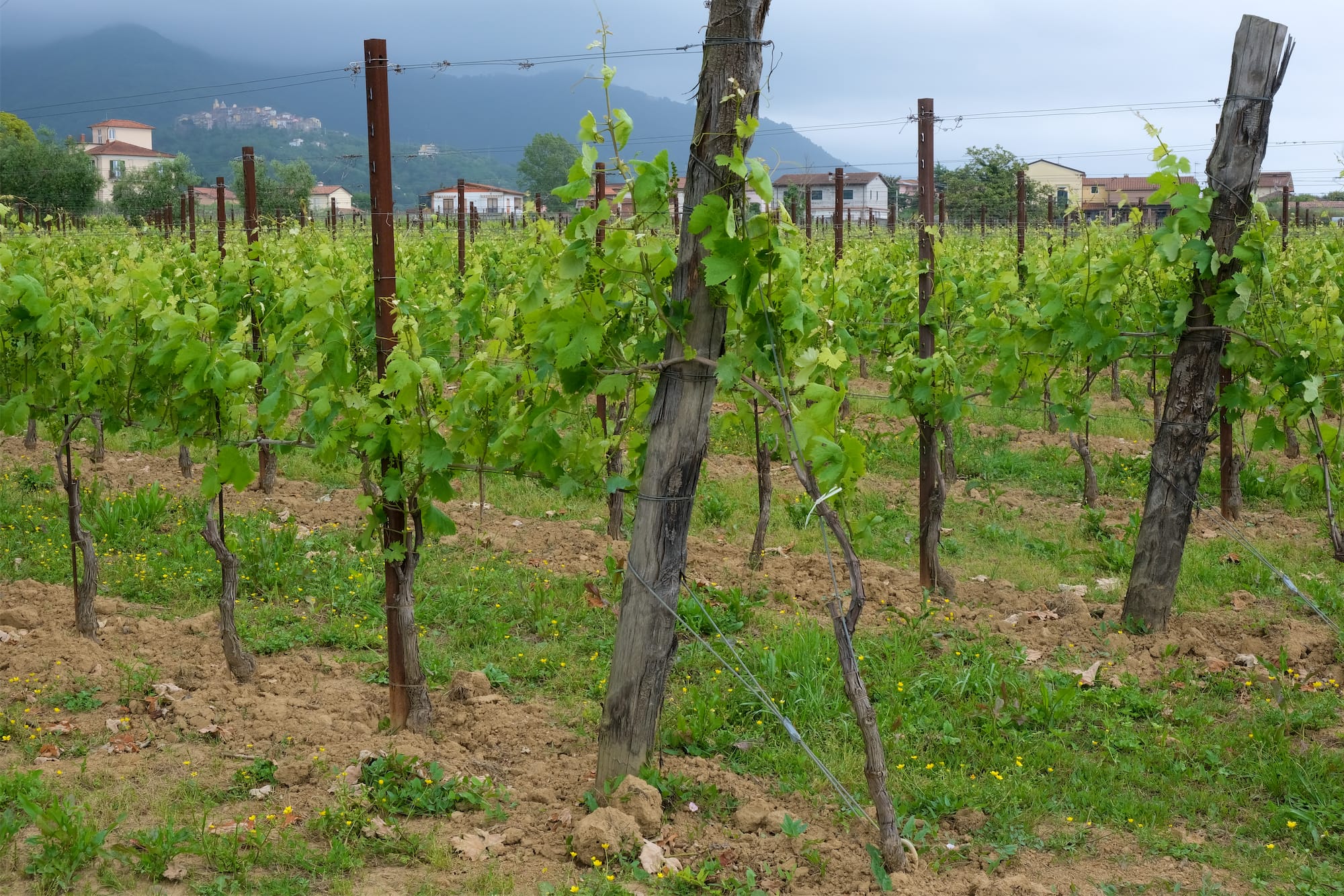

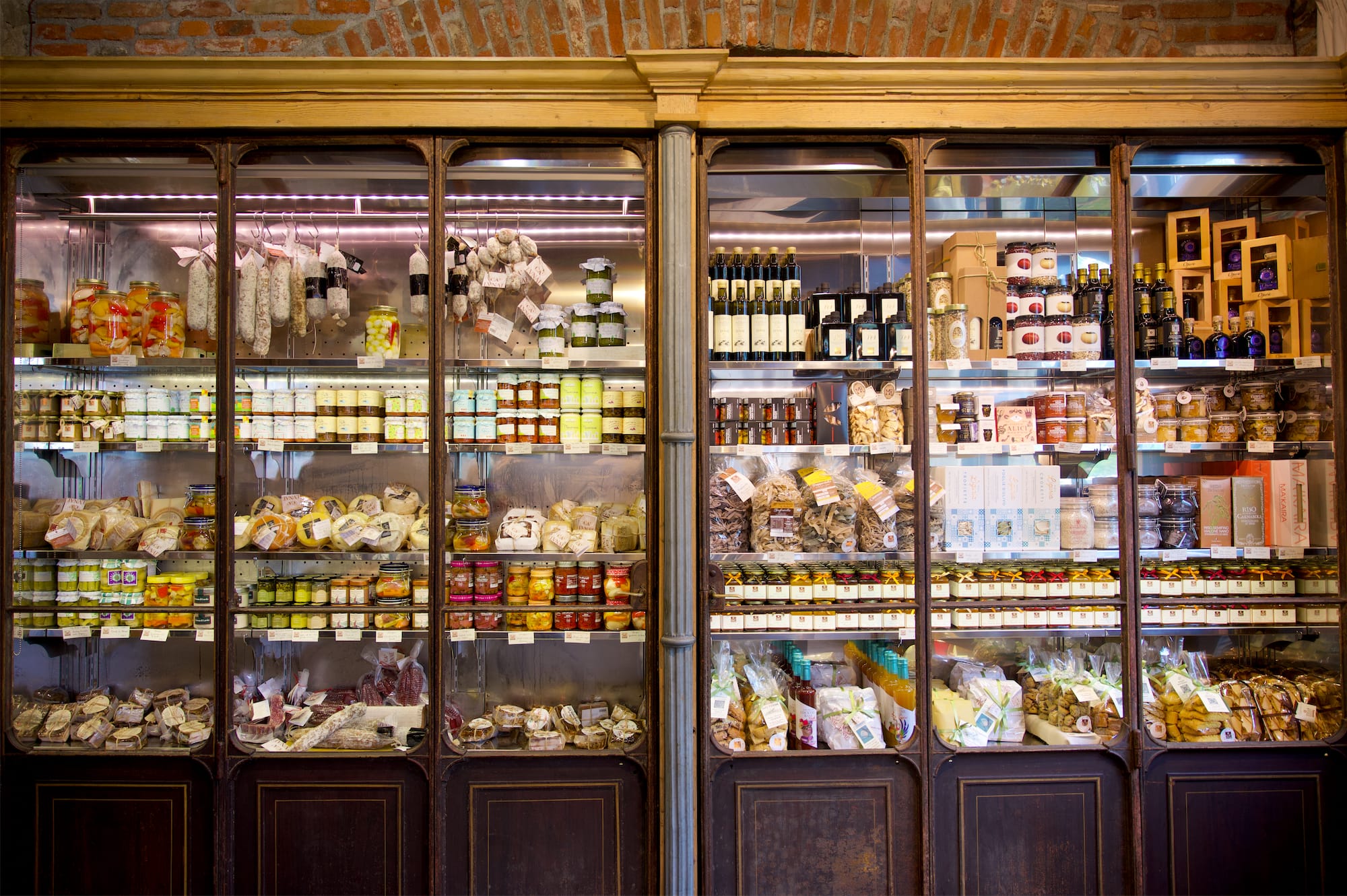
After a brief visit to the shop to illustrate the wide range of products, we started the tasting. Both the black label, more structured and fragrant, and the gray label, lighter and fresher, confirmed the excellent judgment. On the other hand, the rosé Mea Rosa (based on black vermentino) and Ciliegiolo (which we did not know) turned out to be beautiful discoveries. It was a long and interesting tasting, a truly unmissable journey for all lovers of good wine. I advise you to book to decide in advance which type of route to take.
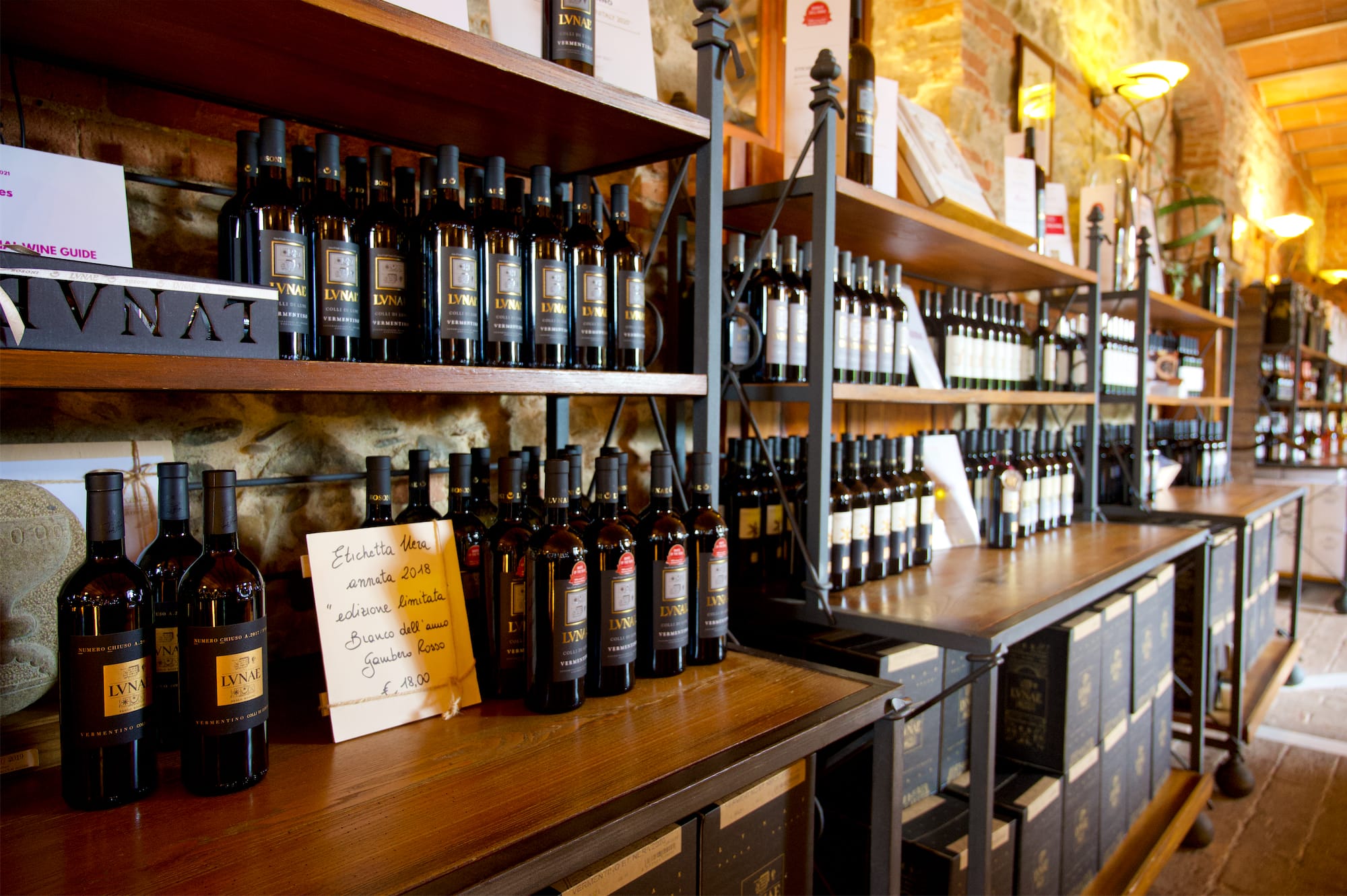
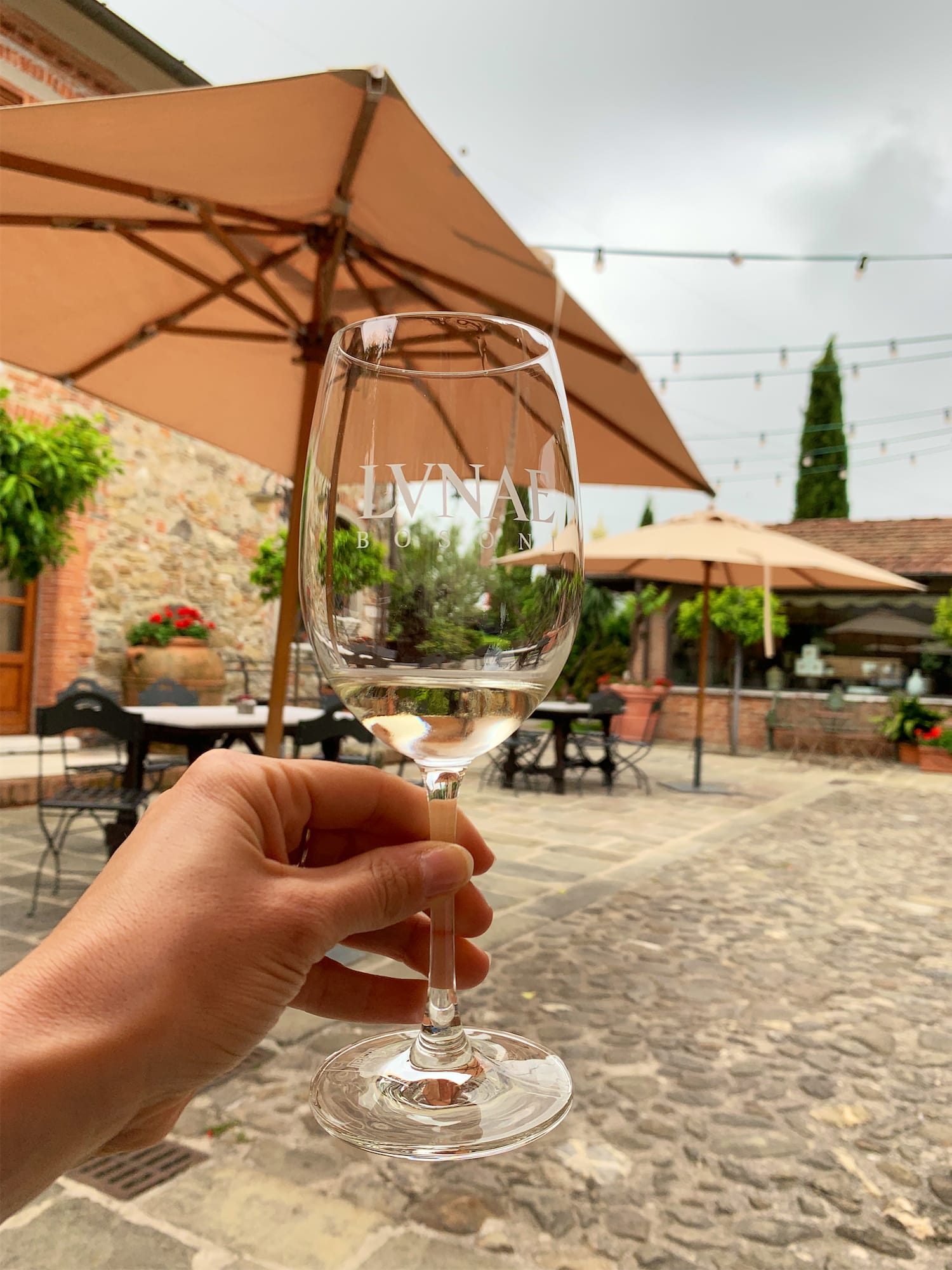
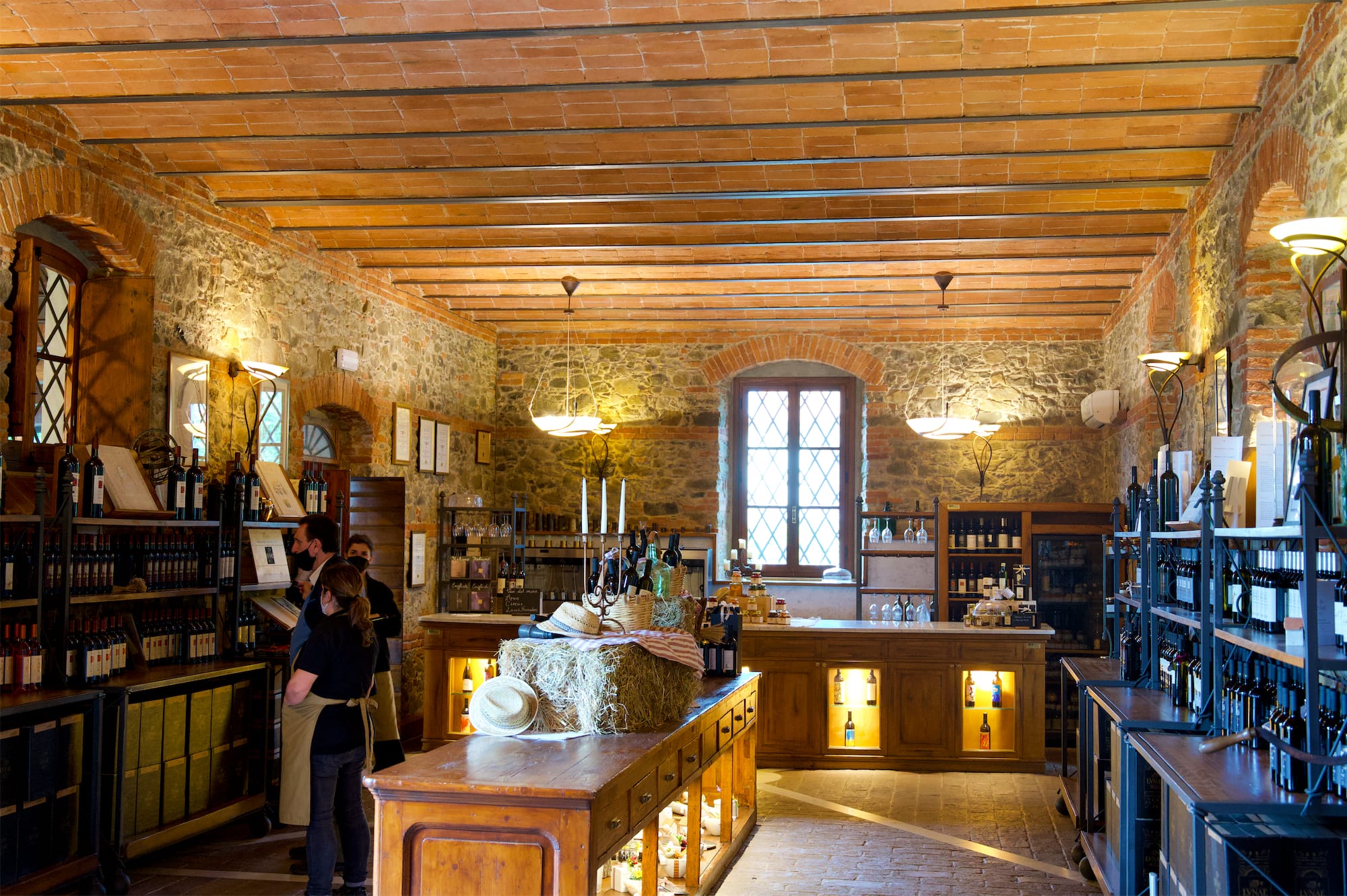

Fosdinovo
After visiting the Terenzuola winery, we continued for a few kilometers in Tuscany to visit the Castello dei Malaspina di Fosdinovo.
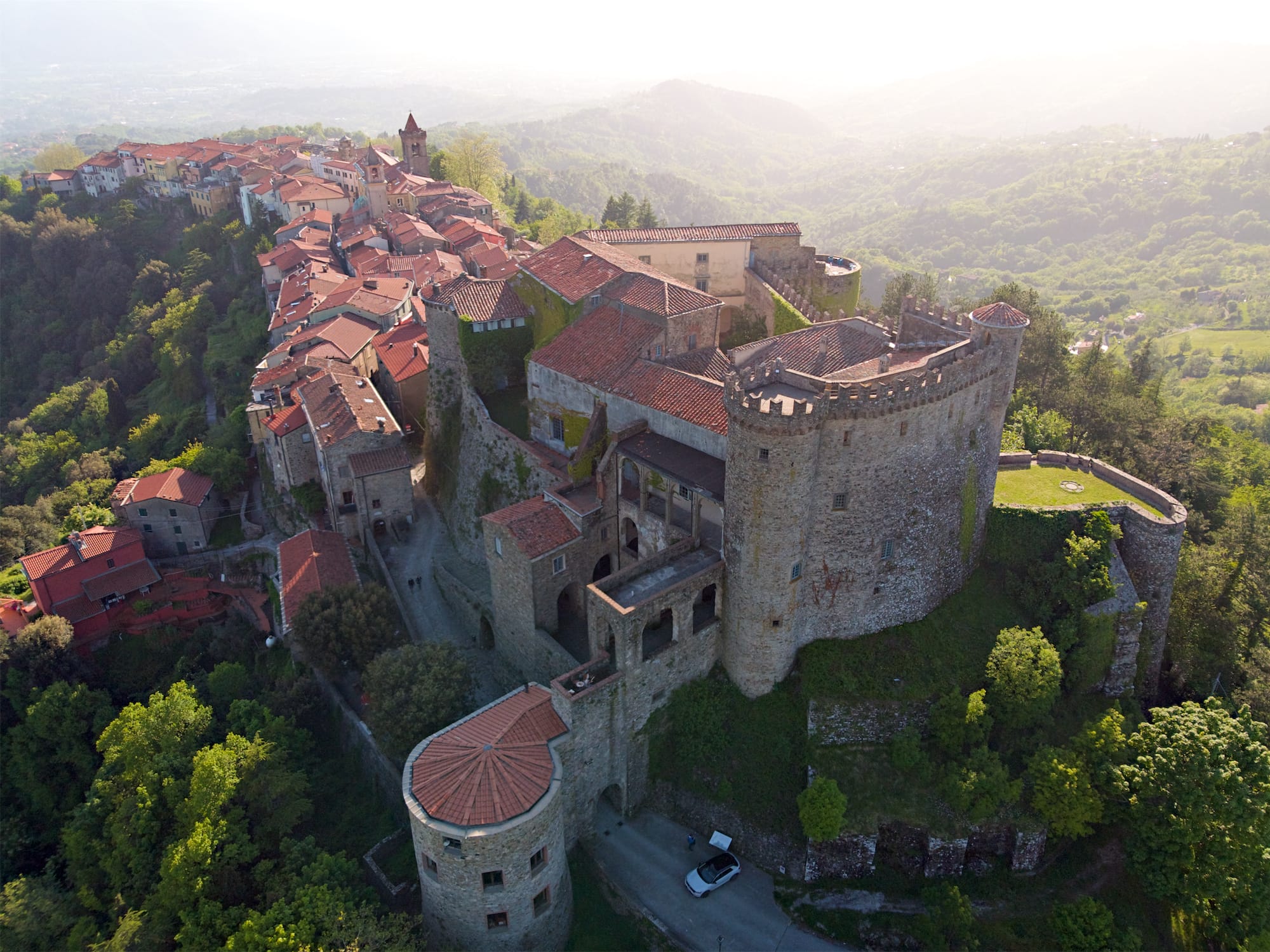

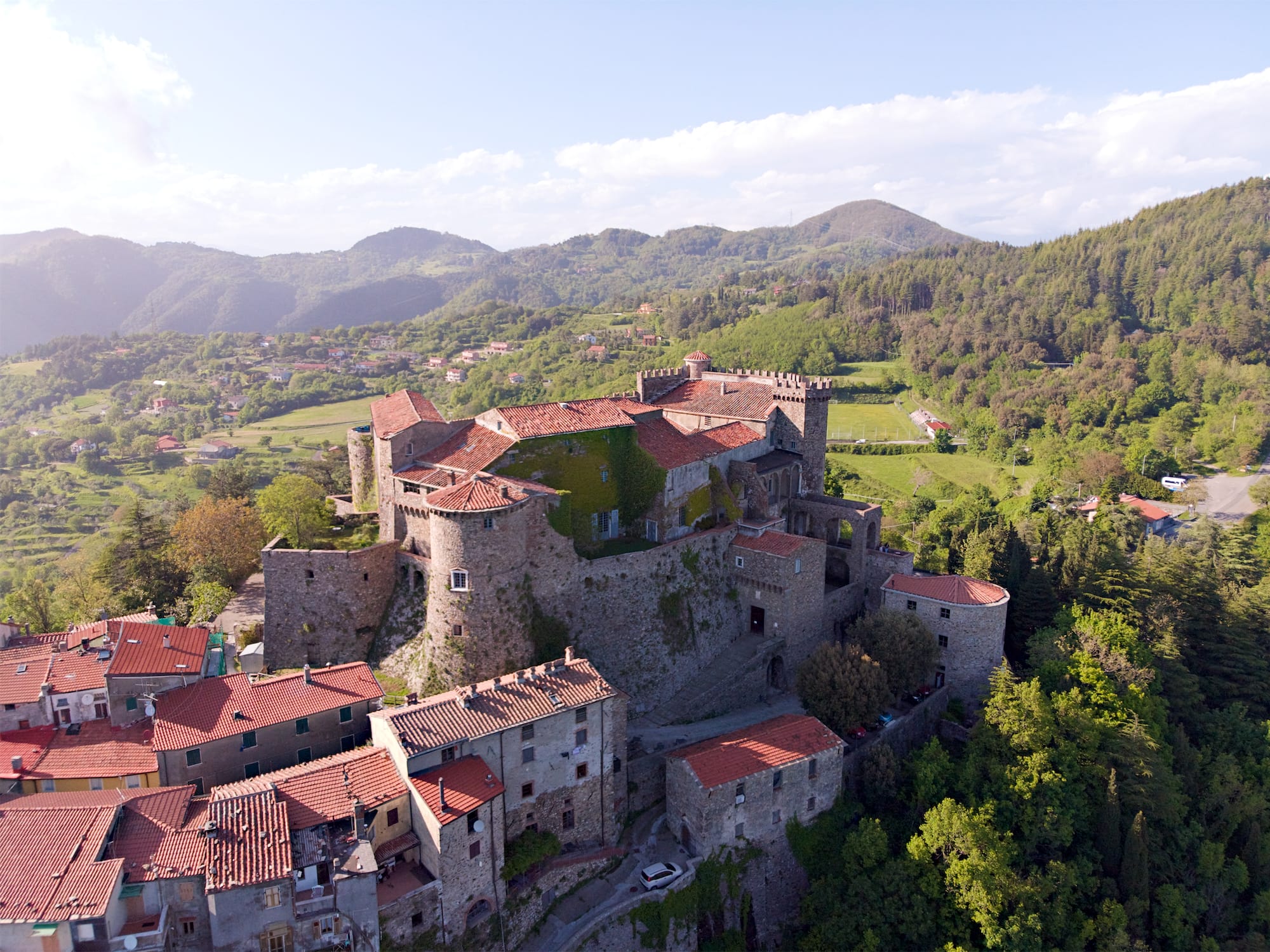
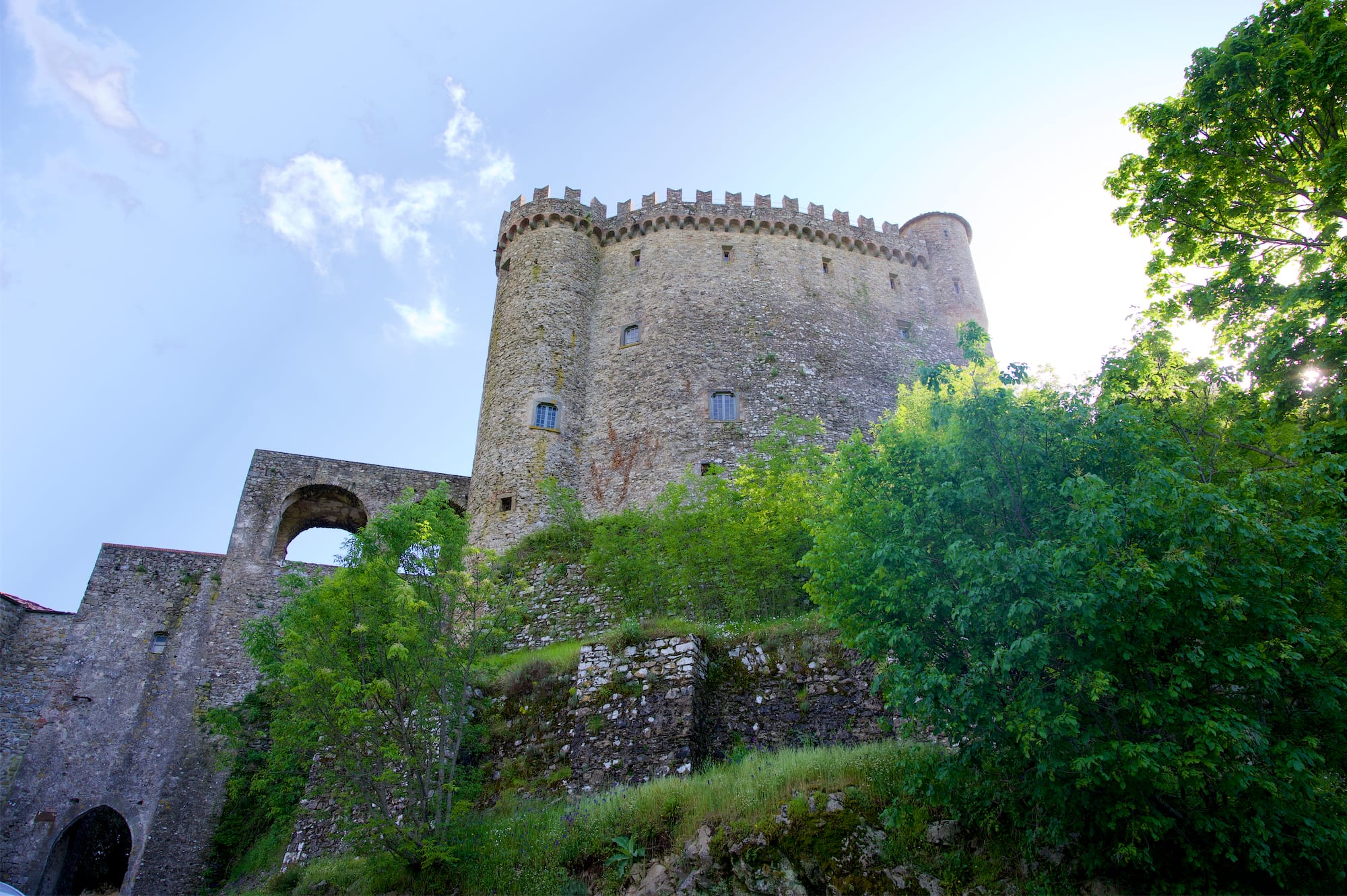
There are numerous castles that belonged to the noble Malaspina family that are located in this area, just to name a few nearby are located in Massa and Carrara. In 1220 two branches of descent of the Malaspina family were created: the branch of the Spino Fiorito and that of the Spino Secco. The castle of Fosdinovo belonged to the first branch of the family and it is said that Dante also stayed here, portrayed in some frescoes in the main hall.
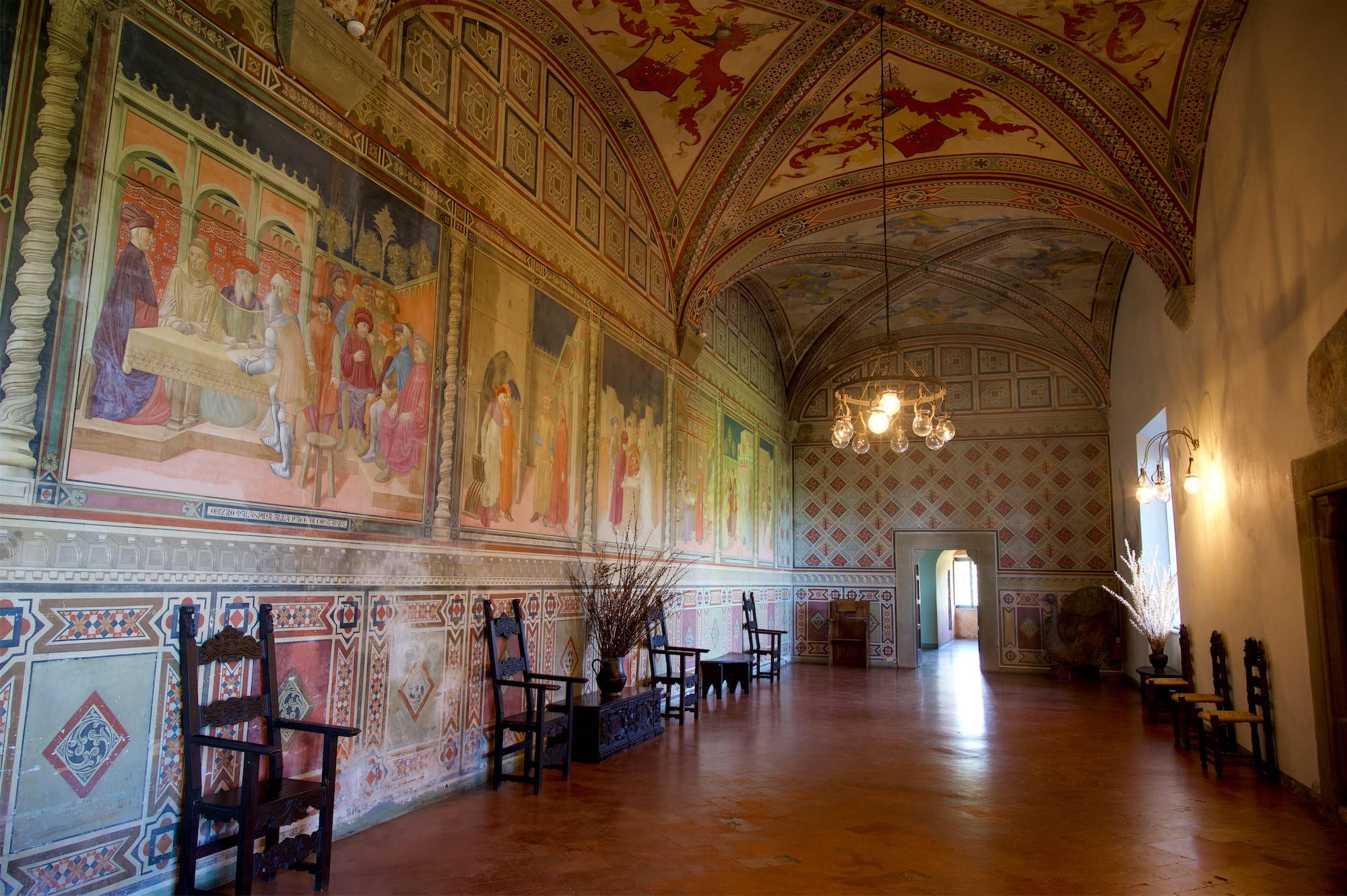
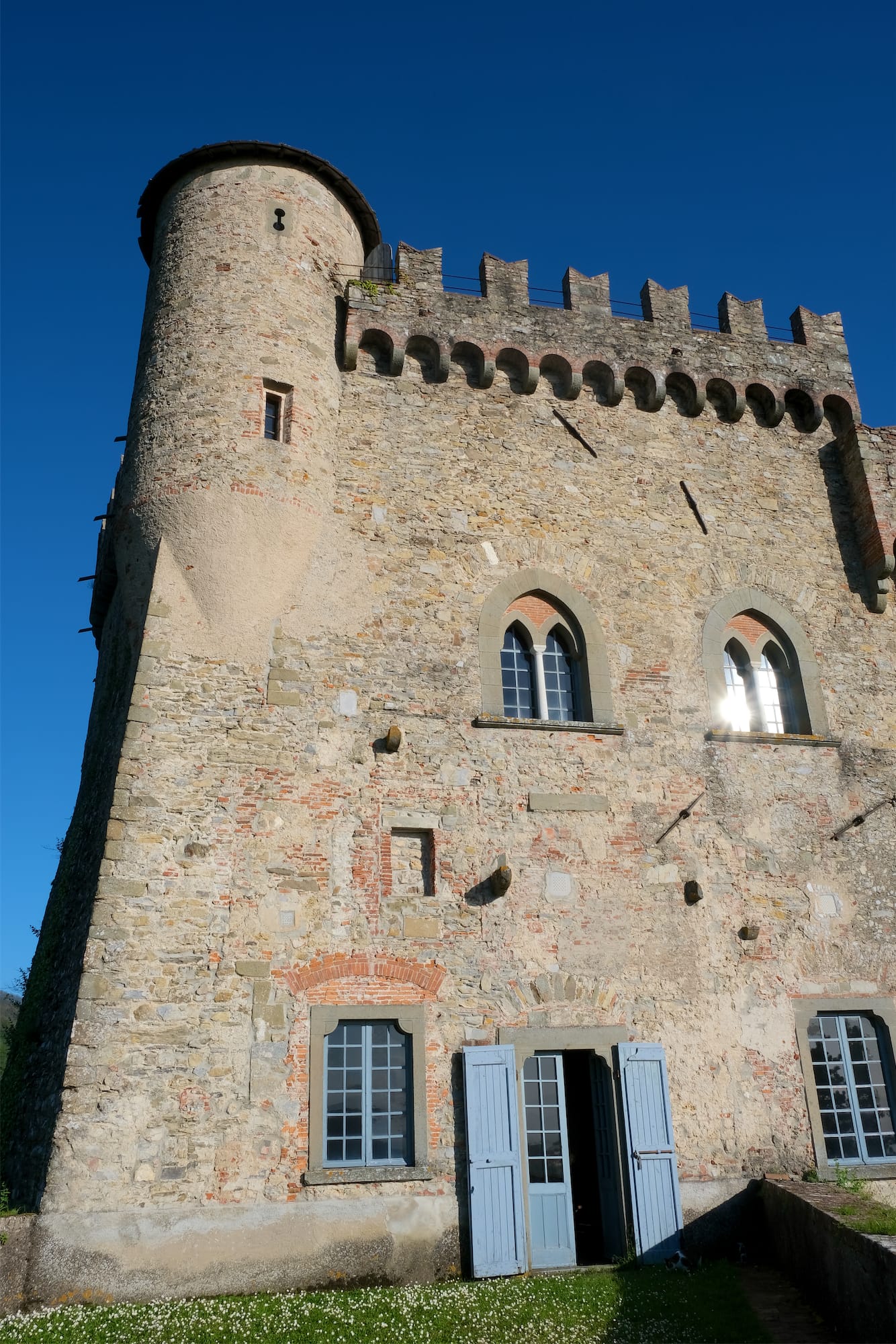
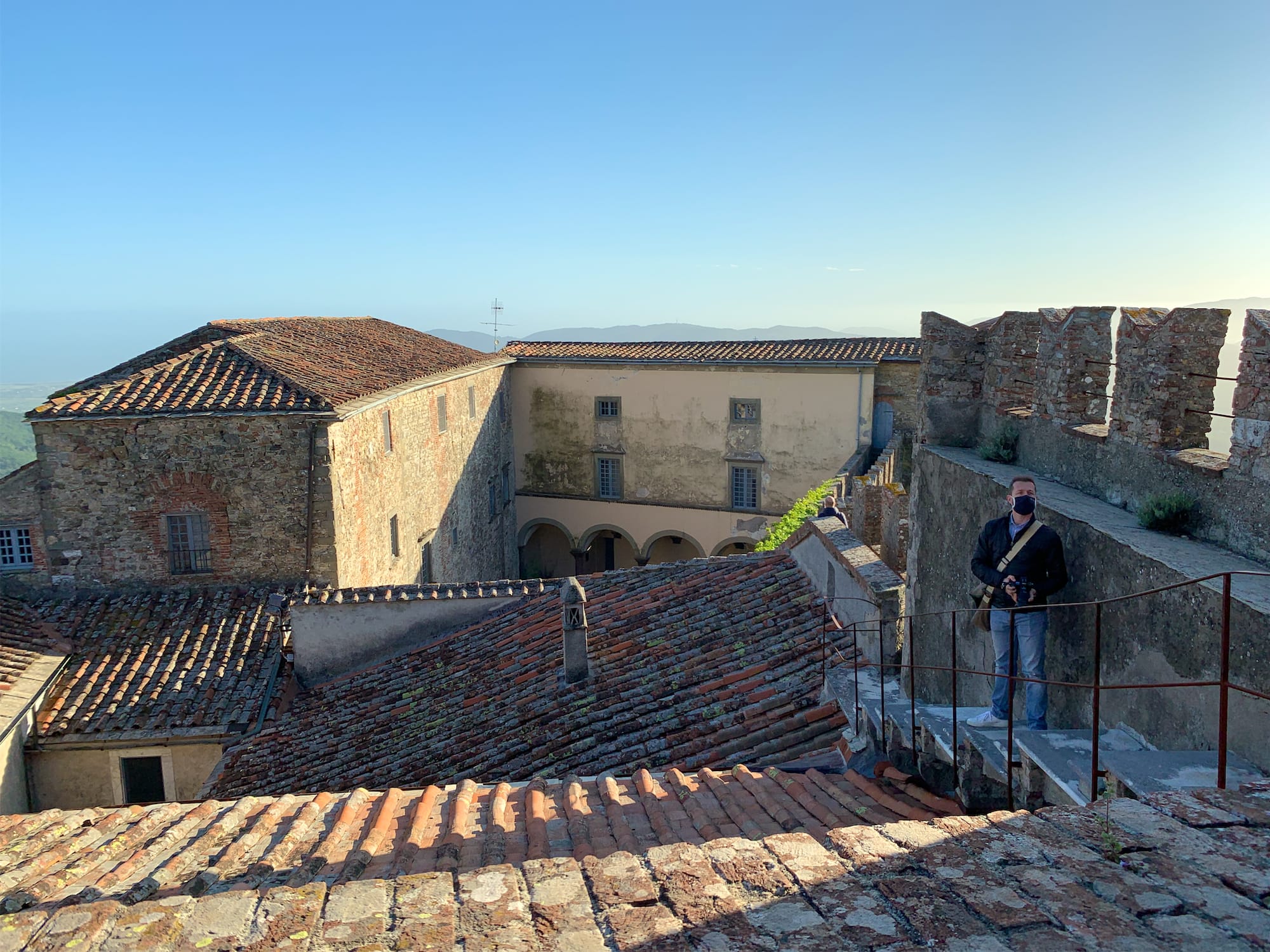
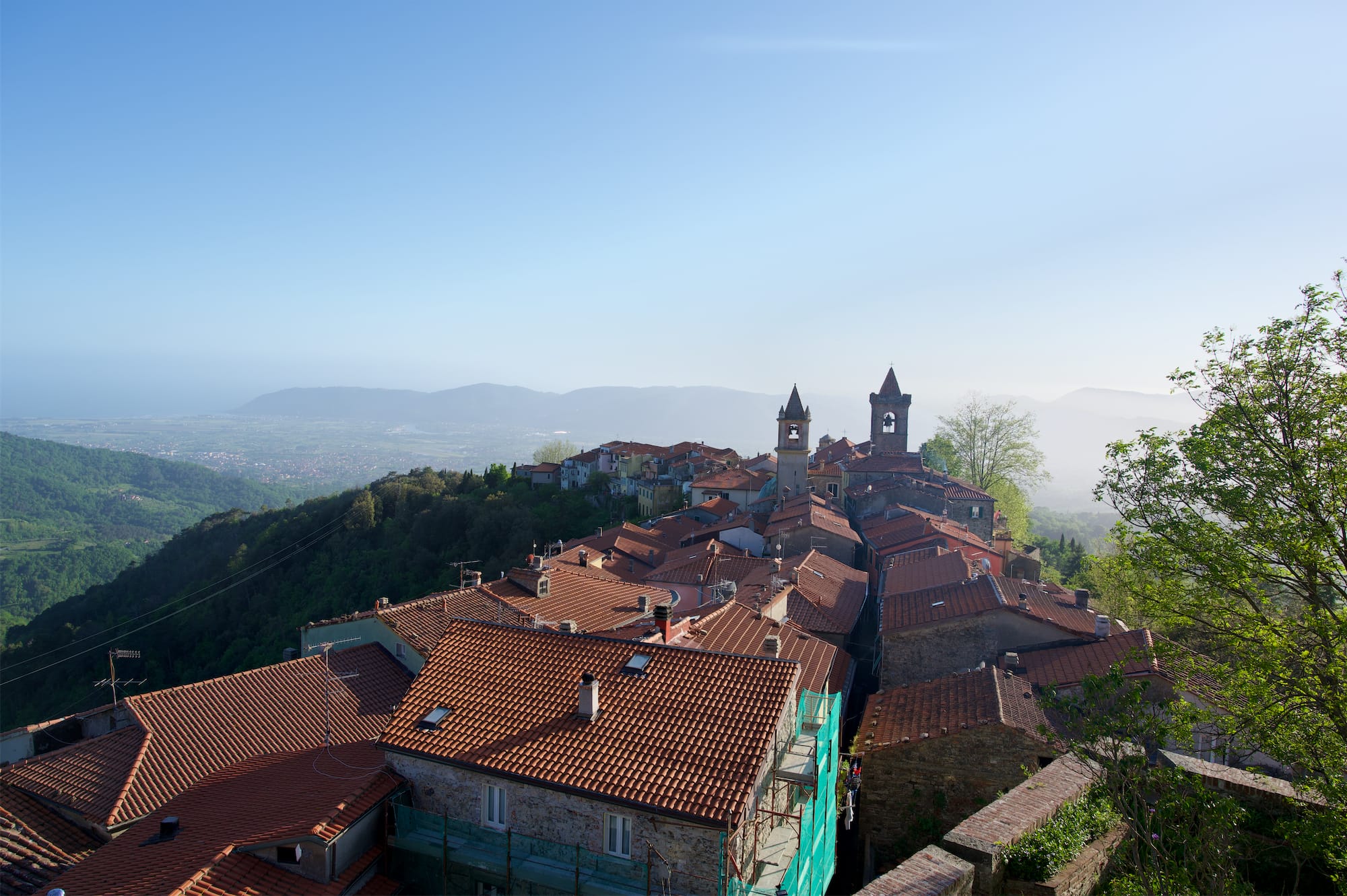
You can enter in the castle with an interesting guided tour, which in our case was made exclusively for us, which allows you to better appreciate the history of the castle and its family. Currently it is possible to stay in a wing of the castle, now a hotel in a historic residence.
Before your trip
- How to reach them? The villages that we have presented to you can be easily reached by car and have convenient parking spaces near the center
- What to buy? The typical sweet of Sarzana is spungata, a puff pastry cake filled with compote of apples and pears, almonds, pine nuts, candied orange and cinnamon. We recommend that you buy it in the historic Gemmi pastry shop in via Mazzini, 21. If you are fond of pestoas we are, go to Pan e Dozi in via Mazzini, 65. Here we found the queue of people who bought it and we also stocked up to take home!
- Where to eat? These are the restaurants in our opinion not to be missed:
- Ristorante da Fiorella a Nicola, research of raw materials, presentation of the dishes, each course proved to be superb. Very high quality-price ratio, absolutely unmissable and in which we would like to return at the first opportunity
- For an drink and a quick lunch in Sarzana, we suggest Osteria Simon Boccanegra, their crostoni and focaccia with delicious fillings are a must try
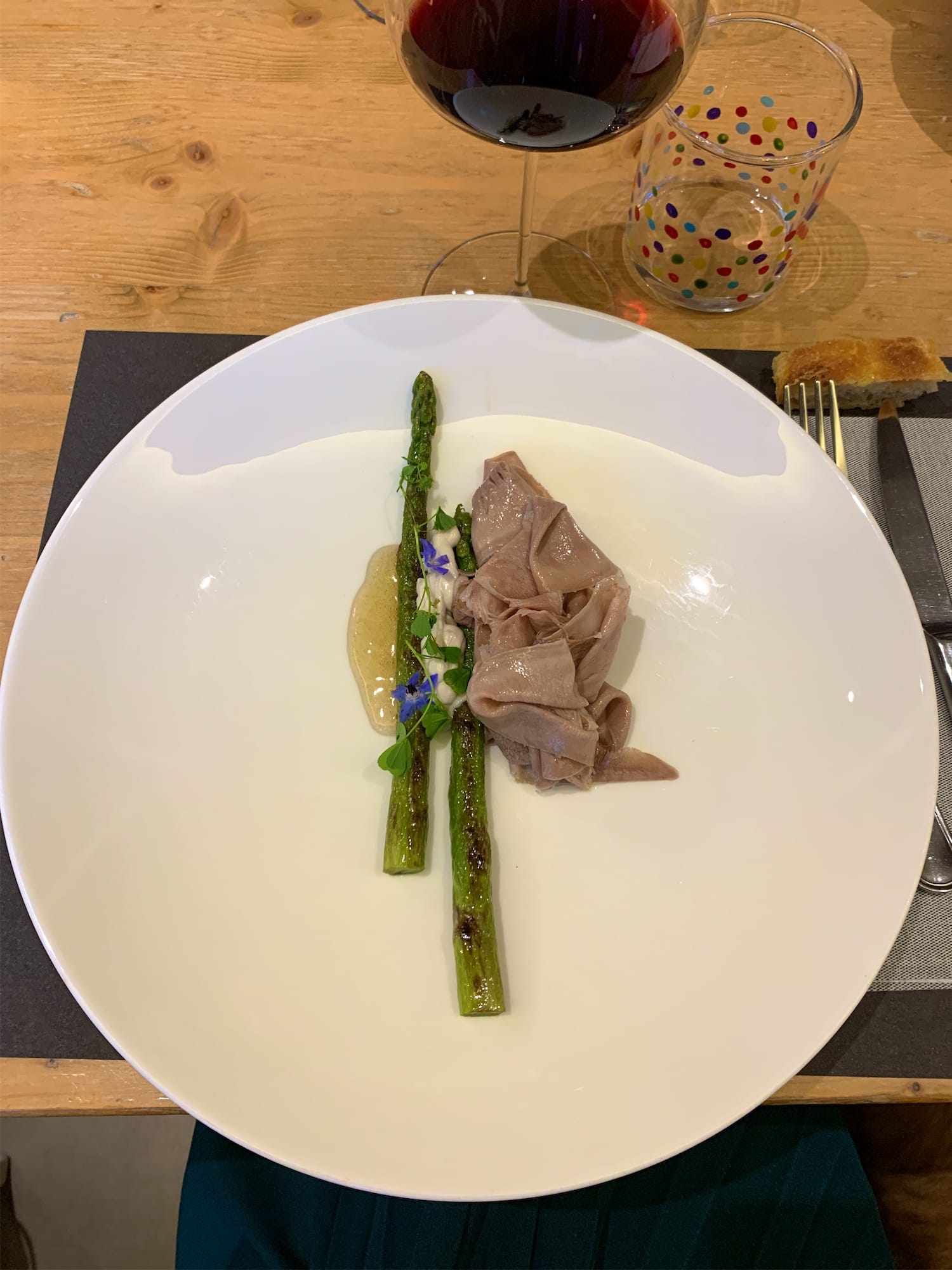
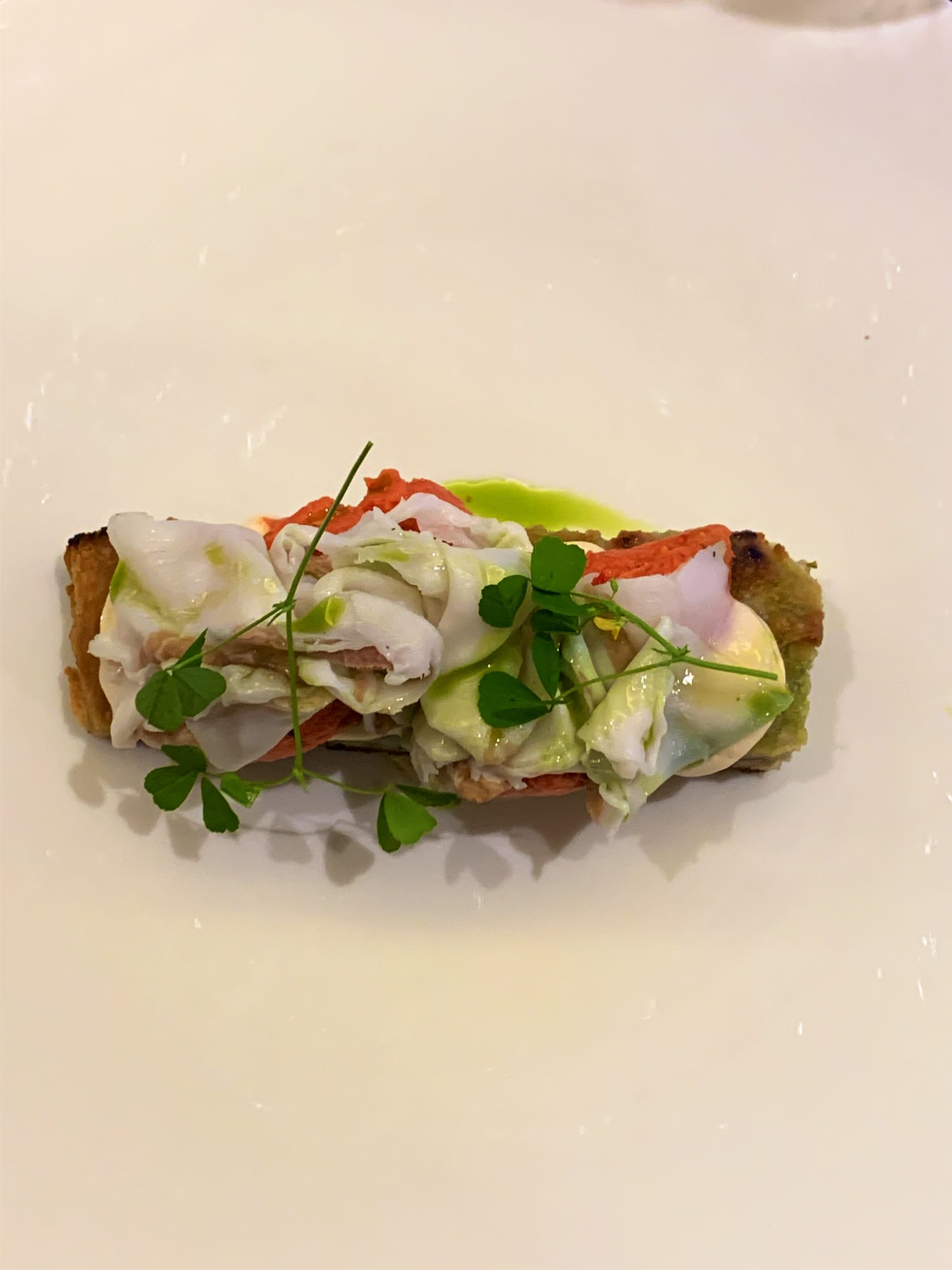
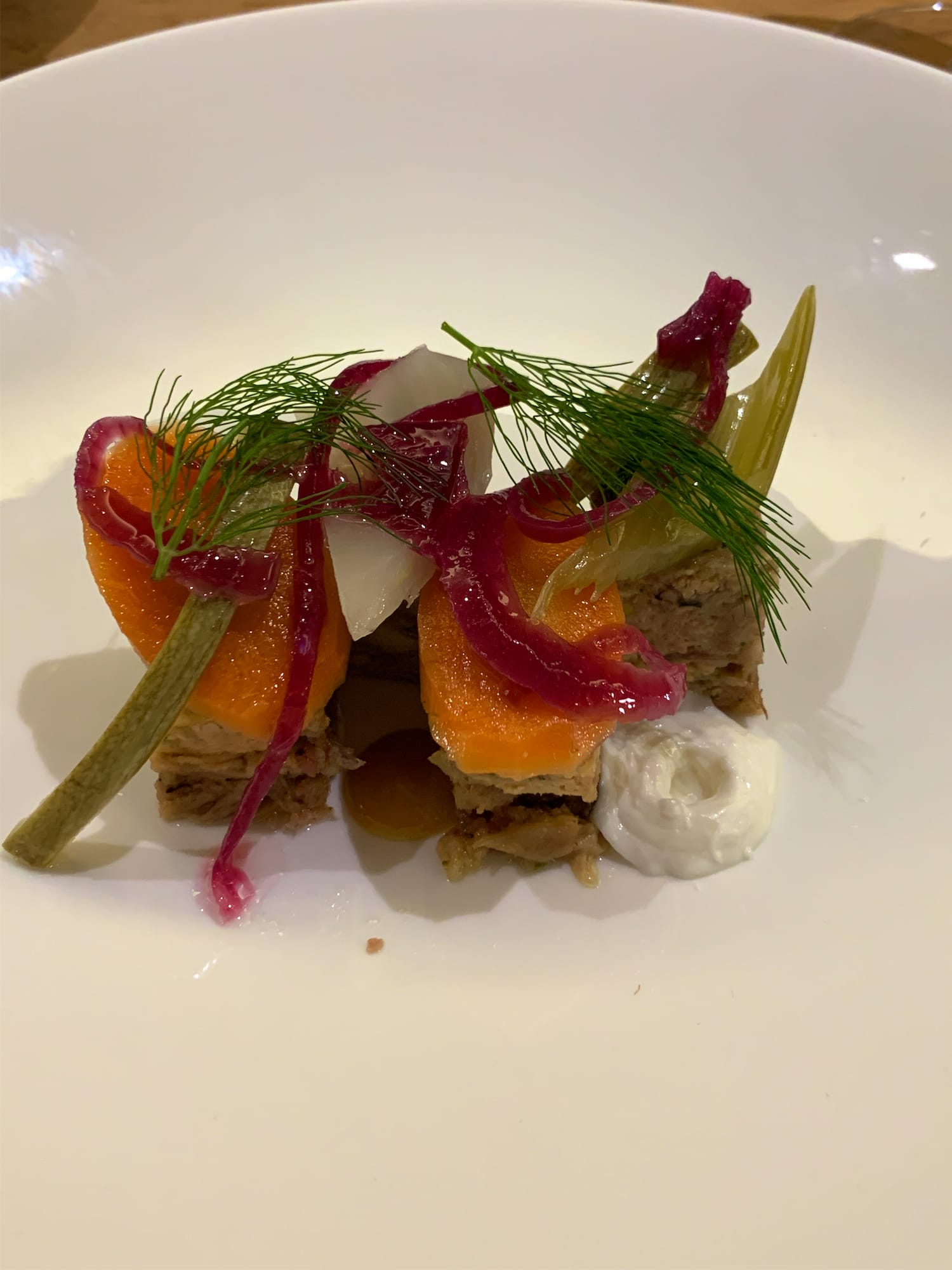
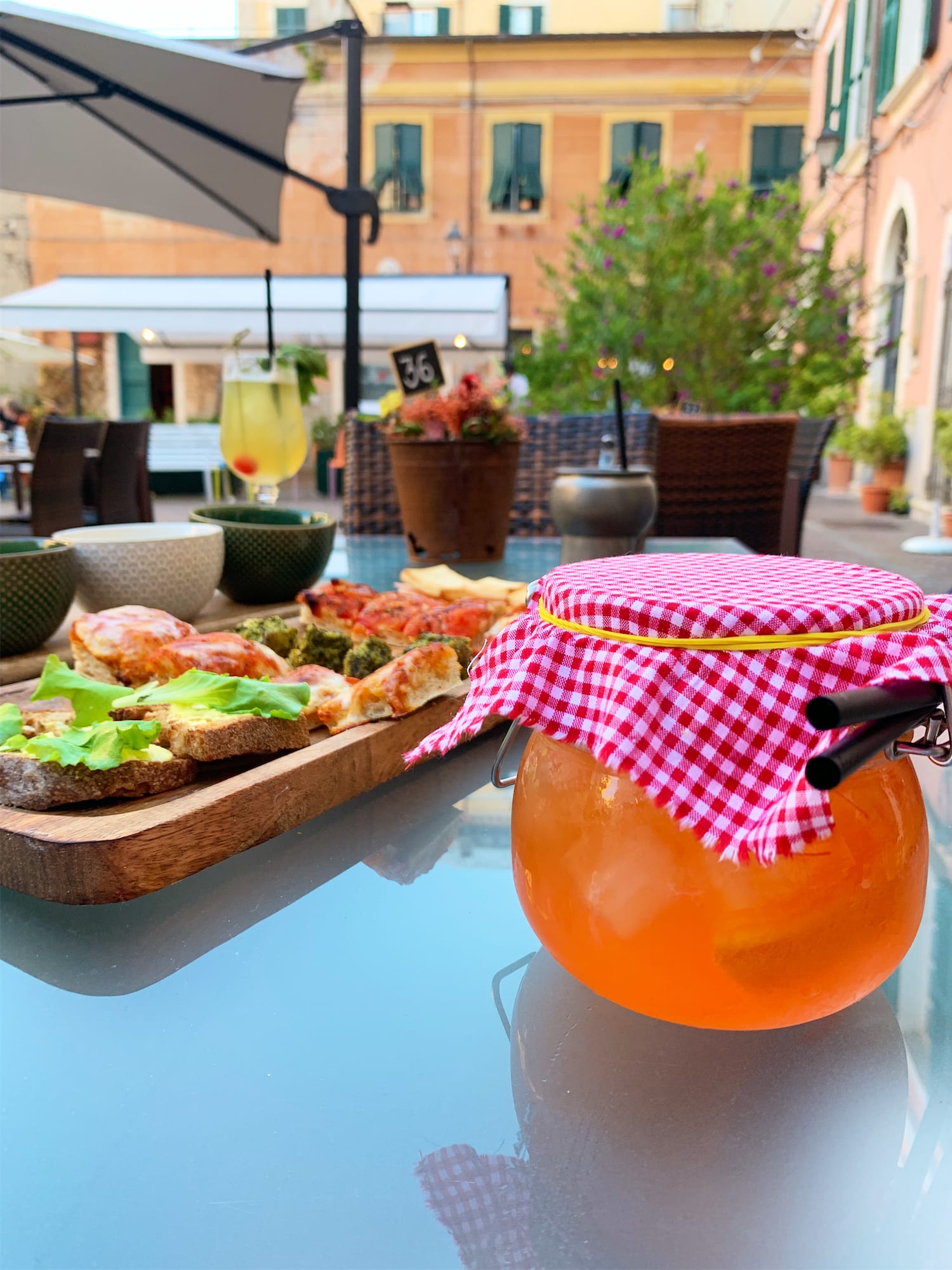

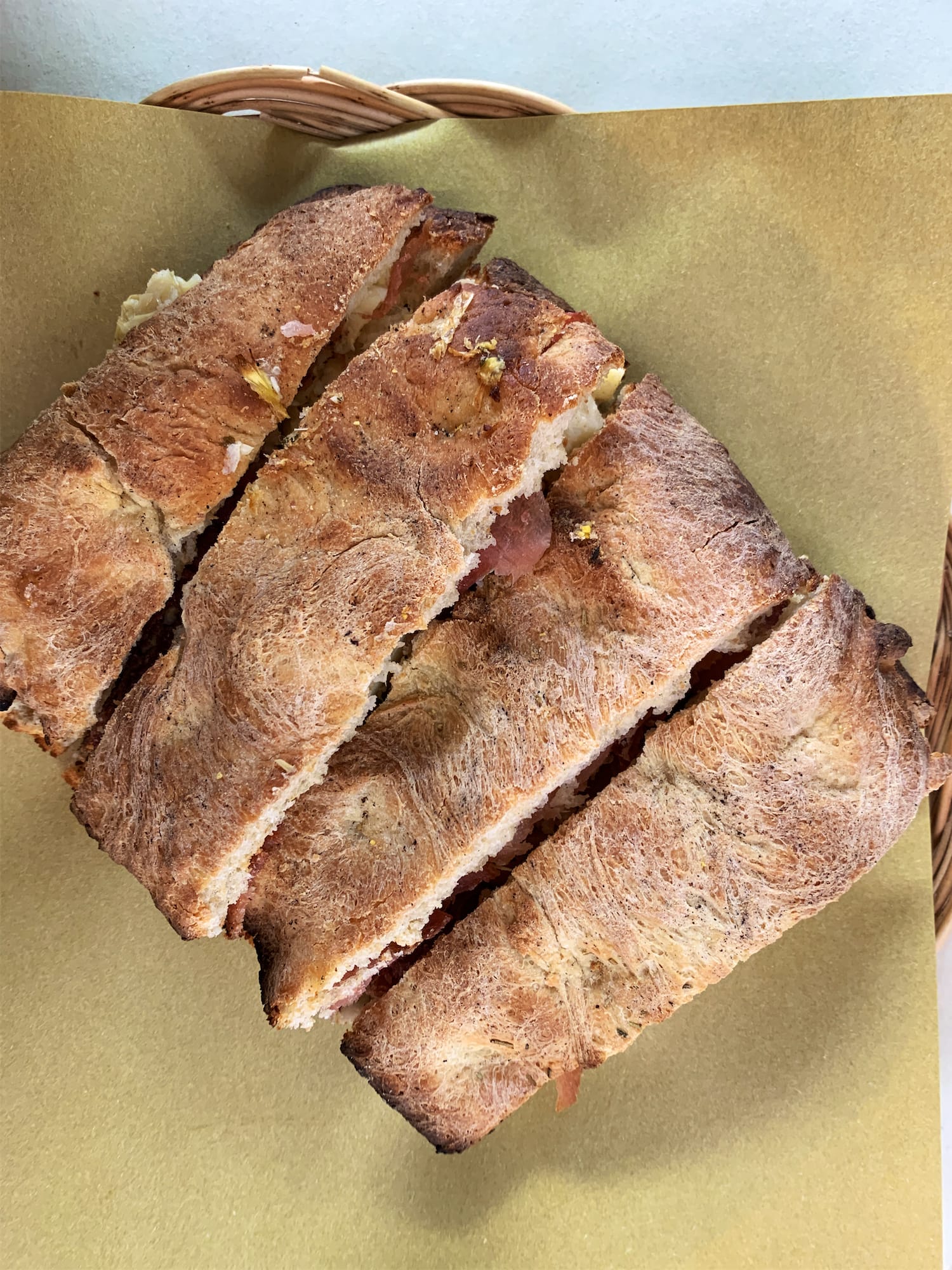

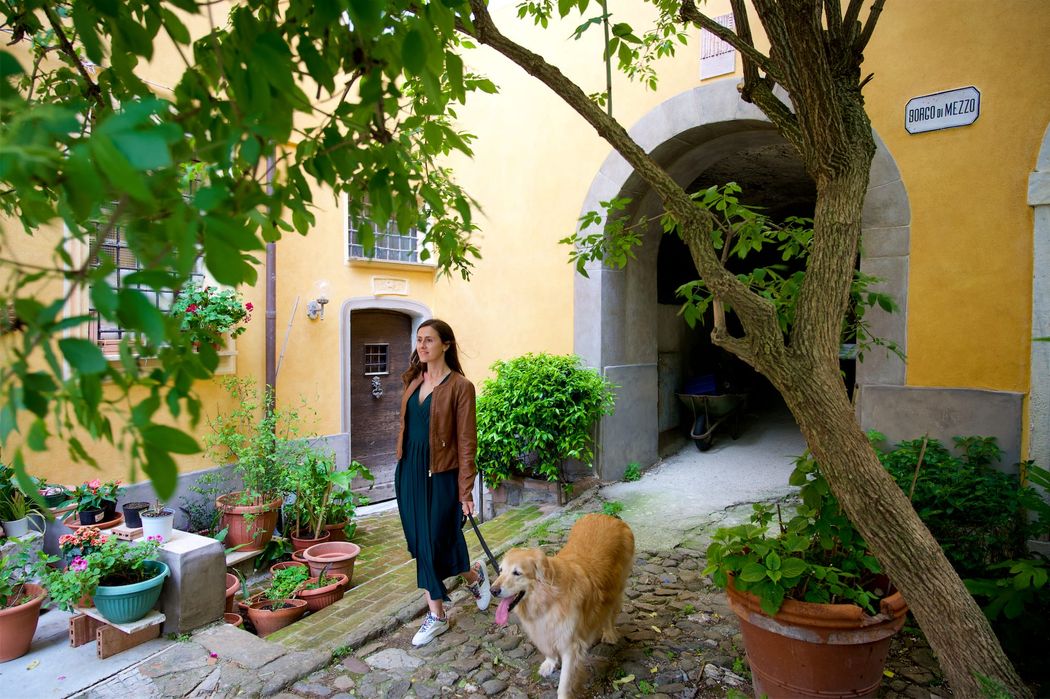
Comments